
Return to - the Ancient Parish of Standish
The Manor of Duxbury Part 2.
1150. The Norman Manor of Duxbury.
The Anglezarke family of the Manor of Duxbury.
1520. Deowuc's descendants sell their final land holdings upon Deowuc's Burgh.
The Last Days of DUXBURY HALL.
The Standish of Standish families of Burgh and Gathhurst.
1523. The Standish of Standish lands known as Ellerbeck.
1311 - 2007. Nightingale Family of Ellerbeck on the Manor of Duxbury.
1588 - 1828. Hodgeson / Hodgson or Hodson Family of Ellerbeck on the Manor of Duxbury.
Viscount Cardwell of Ellerbeck.
1936. Myles Standish of the USA
The Owl and the Rat and the Standish of Standish Family.
1383 - 1930. Deeds and papers.
![]()
1150. The Norman Manor of Duxbury.
The largest section of Deowucs Burgh became the Manor of DUXBURY with other sections of the Saxon Burgh becoming parts of the Manors of Coppull - Chorley - Heath Charnock under the Norman over Lords. The area was a member of the fee of Penwortham.
The whole of the original Burgh was included in the five plough-lands granted by the Norman Overlord Warine Bussell to Randle son of Roger de Marsey about 1150. Lancs. Inq. and Extents (Rec. Soc. Lancs. and Ches.), i, 29.
The Leyland Hundred under the Anglo Saxons.

The Leyland Hundred under the Norman Overlord Warine Bussell.
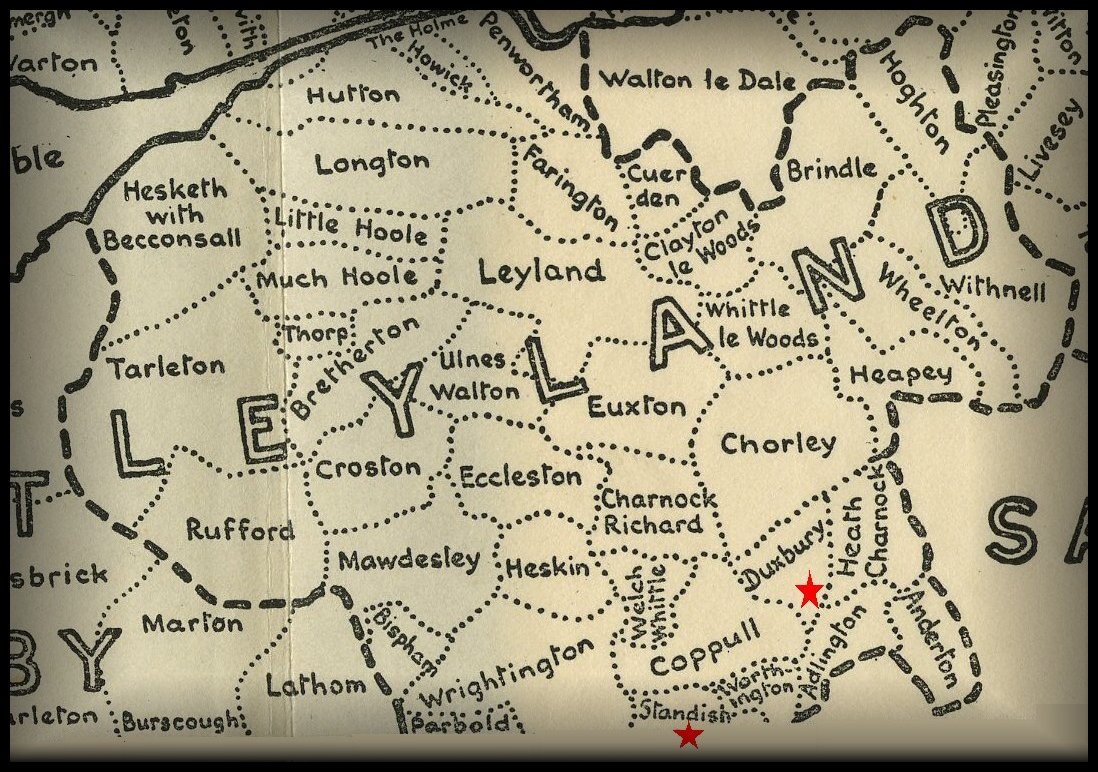
1202. - Siward de Duxbury was living in 1202; ibid. i, 18.
1202 - Siward de Duxbury and Hugh his brother made a grant of land at Burgh. - Final Conc. (Rec. Soc. Lancs. and Ches.), i, 52.
1218. - The Manor of Duxbury was held in thirds by Adam de Duxbury, Roger de Bolton and Ellis de Tonge, each paying William de Ferrers a rent of 14d.
1227. - Roger de Bolton, acting in concert with Ellis de Tonge, granted to Siward de Duxbury one plough-land there at a yearly rent of 6s. 4d., out of which Roger agreed to pay 3s. 4d. due to the chief Norman Lords.
1227 - Siward de Duxbury was Lord of one third of the Manor of Duxbury, he acquired ownership of the other two thirds and thus ownership of the whole of the Manor of Duxbury.
1227 - Siward de Duxbury had recovered most of Deowucs Burgh from the Norman over Lords and brought it back into the ownership of the descendants of Deowuc the Saxon. Ibid. 270. Bolton and Tonge were part of the Marsey fee.
The lord of Penwortham had an ancient rent of 3s. from Adlington and Duxbury; De Lacy Inq. (Chet. Soc.), 22; Compoti (Chet. Soc.), 10, 97.
Siward son of Magnei de Duxbury granted 2 oxgangs of land in Duxbury to Robert son of Ulf de Duxbury to be held by a rent of 10d.; Standish of Standish D. (Mrs. Tempest’s abstract), no. 1.
Jordan de Standish Lord of the Manor of Standish granted land in Standish to Roger son of Henry son of Ulf de Duxbury; Kuerden fol. MS. no. 67.
1292. Robert de Burgh complained that his right of way in Duxbury was obstructed by John de Blackburnshire, Avice his wife, William son of Cecily de Duxbury, Mabel his wife, John de Anglezarke and Alice his wife; but Mabel was dead. She had held the way in common with Avice, Cecily and Alice; Assize R. 408, m. 31 d. This 1292 court record clearly shows that the named residents were living to the East of the River Yarrow on the original site of Deowucs Burgh as shown on the 1599 map.
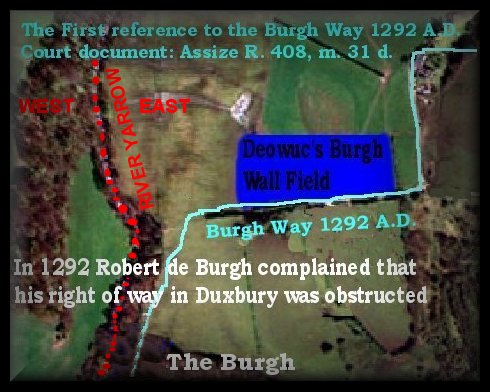
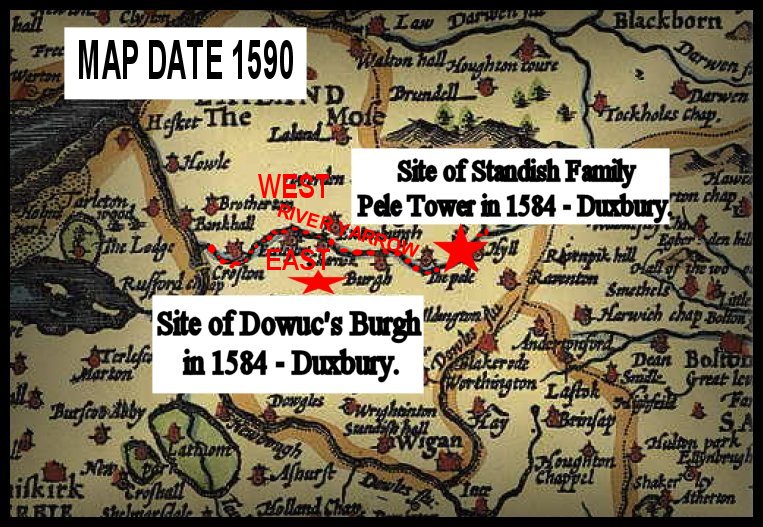
![]()
The Anglezarke family of the Manor of Duxbury.
Anglezarke House - Duxbury - 2012.

1292. John de Anglezarke and Alice his wife were resident on the Manor of Duxbury.
1320. John de Anglezarke (Anlas.-Kuerden) gave an oxgang in Duxbury to Roger his son; Kuerden MSS. ii, fol. 245b.
1332. Roger de Anglezarke contributed to the subsidy in 1332; Exch. Lay Subs. (Rec. Soc. Lancs. and Ches.), 53.
1370. Robert son of Roger de Anglezarke made a feoffment of lands in Duxbury; Kuerden, loc. cit.
1480. Robert Anglezarke of Duxbury occurs in 1480; ibid.
1497. William son and heir of Robert was in 1497–8 contracted to marry Agnes daughter of Rowland Gillibrand; ibid.
The descendants of William son and heir of Robert Anglezark lived at Anglezark House Duxbury until 1790.
![]()
1520. Deowuc's descendants sell their final land holdings upon Deowuc's Burgh.
1520. Thomas son and heir of Ughtred Duxbury in 1520 sold Alddall and other lands in Duxbury to Ralph Standish of Standish; ibid. no.248, 252, 254.
1524. Thomas de Duxbury sold Highfield to Ralph Standish, and in 1524 he sold Ralph Standish Old Barn and various lands, being the last of the Duxbury Family Estate on the Burgh and Manor of Duxbury. - ibid. no. 259, 271–3, 277, 283;
1581. The Burgh upon the Manor of Duxbury is stated to be held of Queen Elisabeth 1, as of the late priory of St. John of Jerusalem, in socage by a rent of 12d. Kuerden MSS. v, fol. 83b
![]()
The Burgh Family of Duxbury.
The Burgh Family of Duxbury were descended from the Lords of the Manor of Worthington.
1281.
Adam de Duxbury granted to Henry de Worthington a moiety of the land called Burgh.
Henry son of Adam de Duxbury released to Henry de Burgh the son of William de Worthington a tenement in Duxbury. - Kuerden MSS. v, fol. 127.
1292.
Robert de Burgh complained that a right of way in Duxbury was obstructed by John de Blackburnshire, Avice his wife, William son of Cecily de Duxbury, Mabel his wife, John de Anglezarke and Alice his wife; but Mabel was dead. She had held the way in common with Avice, Cecily and Alice; Assize R. 408, m. 31 d.
Henry de Burgh in 1310 made a settlement of his estate in Chorley and Duxbury, the remainder being to his son William and his issue by Joan his wife; Final Conc. ii, 4.
From a charter preserved by Kuerden (loc. sup. cit.) it appears that Joan was a daughter of William de Standish.
William son of Hugh de Worthington in 1310–11 granted land in Standish to Hugh de Haydock de Standish and Alice his wife, with remainder to the right heirs of Robert de Haydock, Rector of Standish. Kuerden fol. MS. 96, no. 72.
Roger the Lewed and Margery his wife in 1346 claimed 10 acres in Duxbury against Joan widow of William de Burgh and Henry his son; De Banco R. 346, m. 264 d.
Robert de Burgh in 1398 secured permission from John de Coppull to make an attachment and pond for his mill on the Yarrow; Standish D. (Mrs. Tempest’s abstract), no. 114.
Robert son of Henry de Burgh occurs in 1402–3 in connection with the Manor of Chorley; Kuerden MSS. v, fol. 122.1423 - death of Robert Burgh the last male of the Burgh - Worthington Family line.
In 1423, after the death of Robert Burgh, a partition of his lands were made between his three daughters—Ellen de Burgh, married Ralph Molyneux, - Alice de Burgh married James Standish of Arley, Margaret de Burgh , married Richard Ashton. Standish D. (Local Glean.), no. 115.
1423. Standish of Standish Deed 289
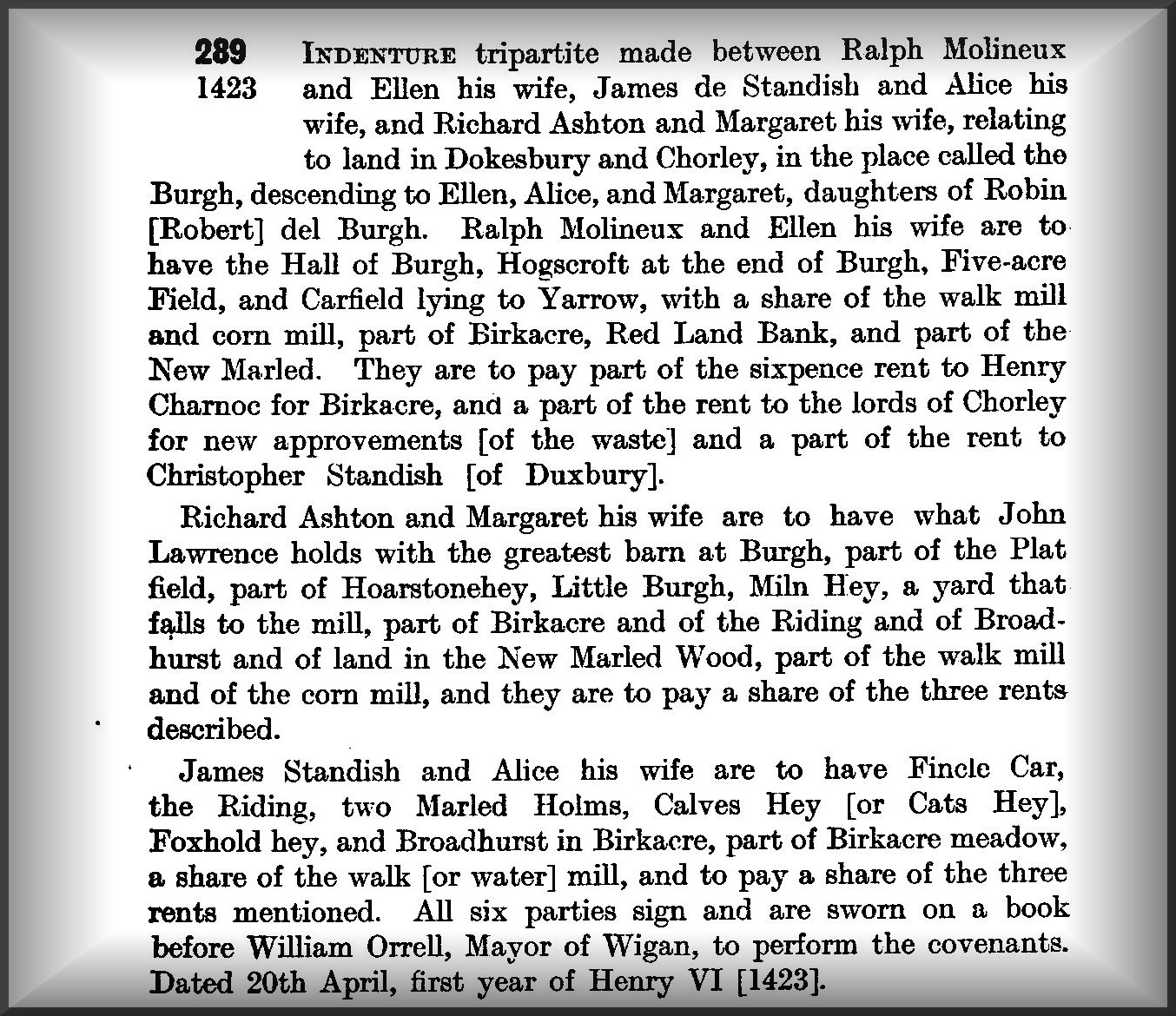
![]()
1561 - 1900 The Burgh Estate.
1561. Alexander Rigby acquired a messuage, at Burgh in Duxbury from Thomas Molyneux; ibid. bdle. 23, m. 176.
As to the household of Alexander Rigby of Burgh, a justice and clerk of the Crown, it was reported that his wife, eldest son and other children seldom or never came to the church, and that one of his younger sons had been ‘married by a mass priest’; Gibson,Lydiate Hall, 257 (from S. P. Dom. Eliz., ccxl, no. 139).
1630. In the year 1630 the de Haydock - de Standish family moved out of the Pele Tower built by the originator of their line Hugh de Haydock on the West bank of the River Yarrow into the first Duxbury Hall on the East bank of the River Yarrow.
From 1630 but more particularly 1655 when Colonel Richard de Haydock - de Standish and his wife Elizabeth Legh became Lord and Lady of the Manor of Duxbury, the lands to the East of the River Yarrow became known as the Duxbury Estate and the Manor of Duxbury Lands to the West of the River Yarrow became known as the Burgh Estate.
Consequently after 1655 maps of the Burgh show only a small section of the total area of land that made up the original Saxon Burgh.
Burgh Estate Map 1900.
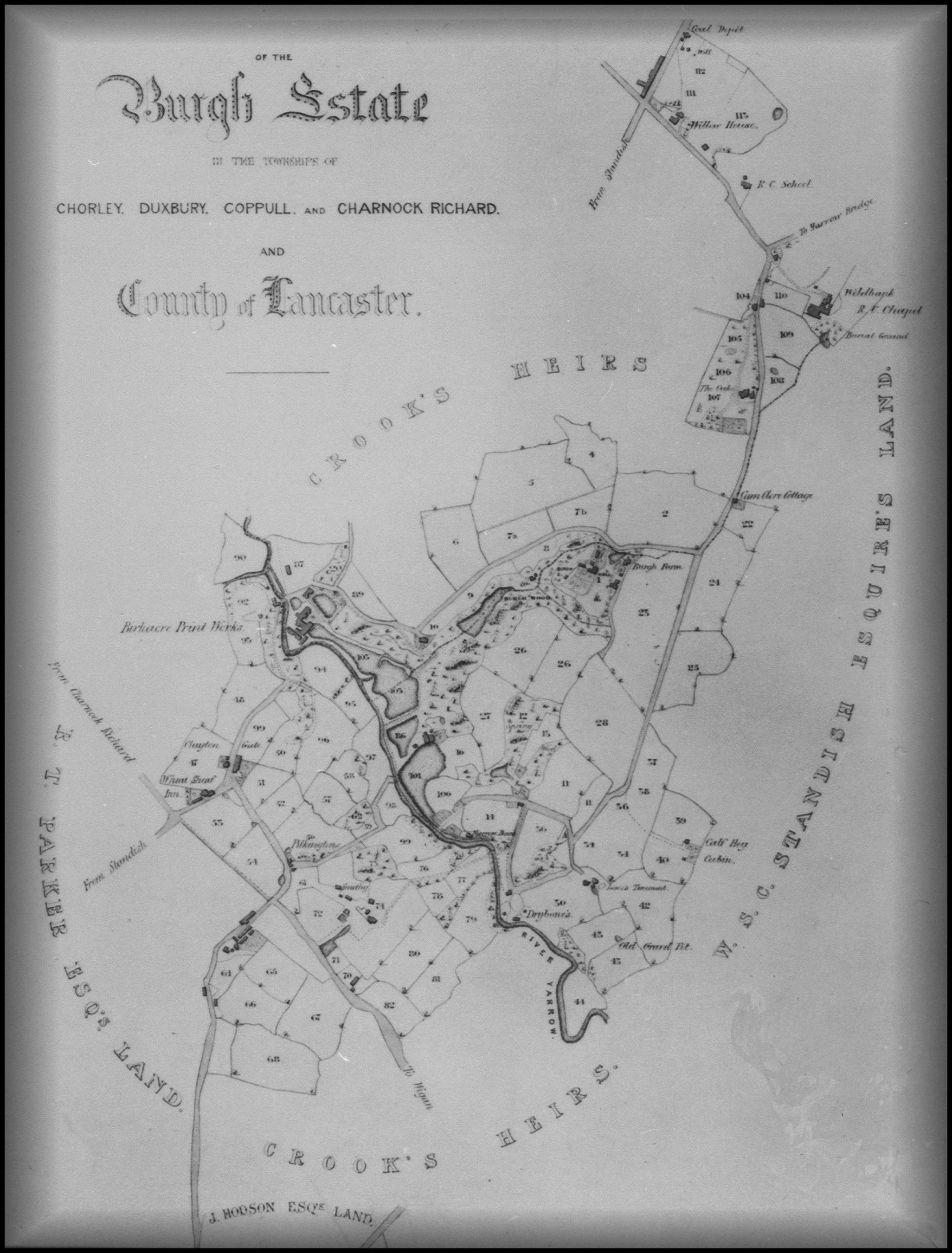
1720. Higher Burgh was sold by the Rigby Family and came into the possession of the Cragg and Chadwick families.
1744. Thomas Chadwick, of the Birkacre family, in 1744 married Eleanor Maria daughter and heiress of Matthew Cragg of Cammerton and Burgh, and so acquired the whole of the Higher Burgh Estate.
1779. FILE [no title] - ref. DX 1375 - date: 9 Nov. 1779.
Probate copy of Will of John Chadwick of Burgh in Duxbury, gent
[from Scope and Content] Probate copy of Will of John Chadwick of Burgh in Duxbury, gent. -- messuage in Coppull called Germans & 6 cottages in the tenure of John Yates, Robert Turner, Ann Turner, widow, Thomas German, James Golding, John Woods, Thomas Walshman, Richard Arkwright, & John Cross; slitting mill in Wigan; messuage in Coppull called Fishers in the tenure of Richard Booth; messuage in Heskin called Barmskin Hall or Whalley's House with 2 cottages called Woodenleg Cottage & Hawets Cottage in the tenure of John Tunstal & Thomas Woodcock; messuage in Heskin called Barmskin Hall lately purchased from Henry Cooper, all to wife Helen for life, chargeable with £200, then to daughter Helen. Leasehold messuage in Burnley purchased from John Whittaker of Burnley & in the tenure of John Sutcliffe, & 2 leasehold tenements in Coppull from William Dicconson, esq. in the tenure of William Barker, Thomas German, & Robert Turner, to daughter Helen, chargeable with £400. To wife shares of Gronnant & Coteahall lead mines in co. Flint & Llandidno copper mines in co. Caernarvon. To wife all goods & chattells, for £100. Shares of Iron Warehouse, profits from slitting mill in Wigan, new Flat commanded by John Parkinson, profits of coal mine in Orrell held by lease under Holt Leigh, esq., share of Union Company trading on Leeds & Liverpool Canal, to executors on trust to discharge debts, & to wife. Executors wife, uncle Francis C. of Preston, & John Tasker of Martin Hall in Burscough, gent. Witn: James Bleasdale, Thomas Smith, Thomas Moore. Dated 29 Mar. 1779.
1824. Higher Burgh was sold to James Anderton. - Baines, Lancs. (ed. 1836), iii, 520.
1891. John Thom of Birkacre in Coppull purchased Higher Burgh Hall from Mr. Anderton, and on his death in 1891 was succeeded by his son Colonel William J. Thom.
![]()
The Last Days of DUXBURY HALL.
Duxbury Hall in its final week, empty, unloved and awaiting the demolition company.
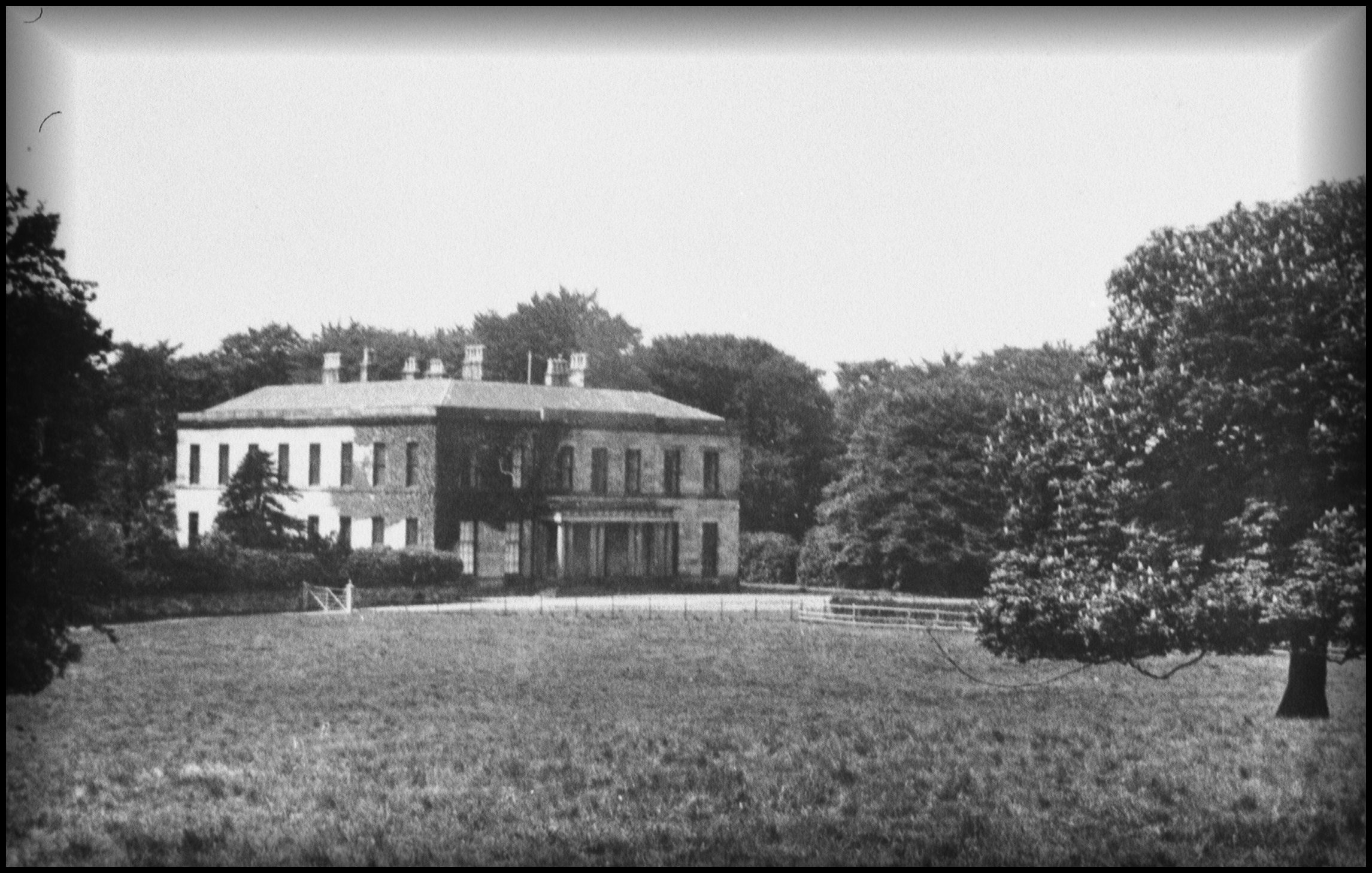
Duxbury Hall stood in a well-wooded park in the middle of the township, 1½ miles to the south of Chorley Town centre. Externally it was a plain modern looking house of two stories faced with hard mill stone grit ashlar in large blocks, and having a Doric portico on its east or front entrance.
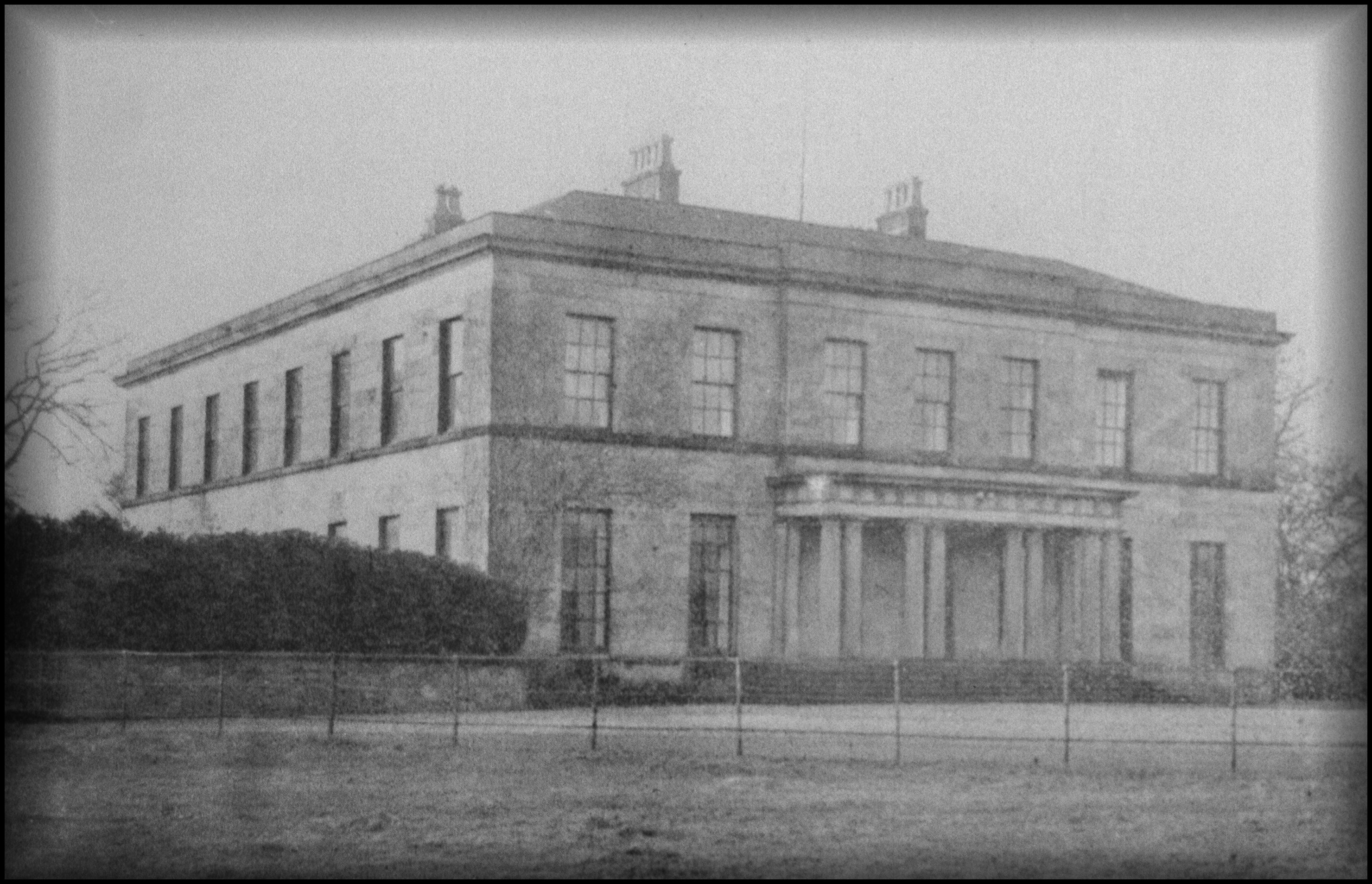
The building, dates back to the 17th century (1630), and in the cellars the original construction from that period was still to be seen, some of the doorways, mullioned windows and four centred arched fireplace openings remaining below the ground level.
So much alteration had taken place, however, in modern times, that the plan of the 17th-century house could not be well determined. The evidence from the construction still existing in the basement seemed to indicate a brick building with stone dressings erected probably on three sides of a courtyard which was open on the west.
The building preserved to some extent what was probably its original disposition round a centre courtyard, having an east front 80 ft. in length and north and south wings extending westward 90 ft. and 97 ft. 6 in. respectively. There appears, however, to have been a re-modelling of the house, before the exterior was faced with ashlar about 1828.
It is possible that the handsome circular cantilever stone staircase, which was 23 ft. 6 inches in diameter, may date from the same period? The staircase occupied the greater part of the original courtyard.
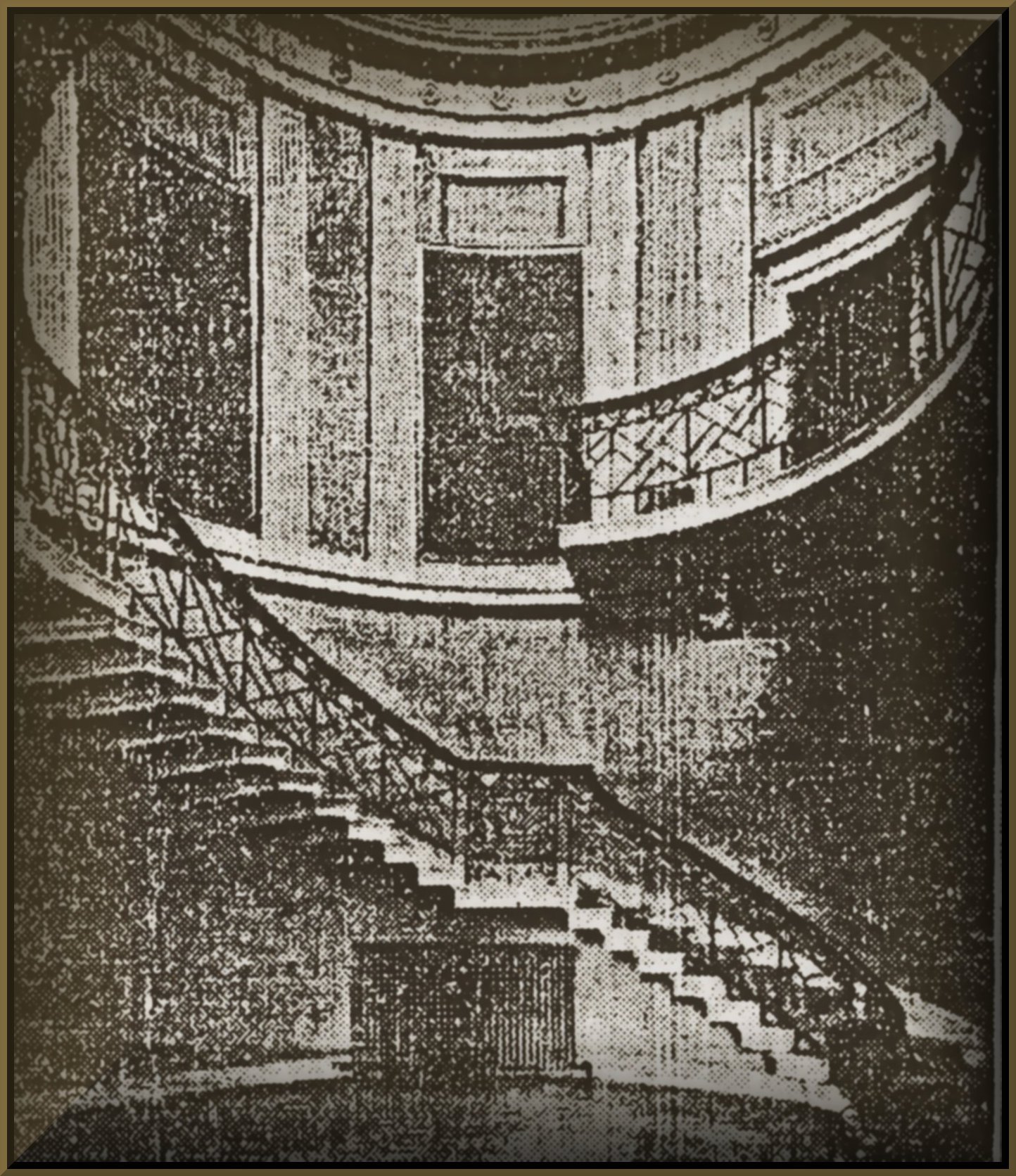
The external walls of the house were 3 ft. thick. The grit stone facing hiding a good deal of 17th-century brickwork. The windows were all modern sashes, and the roofs, which are low pitched behind stone parapets, were covered with green slates.
The south front faced on to a flower garden and from the east there are fine views of the Anglezarke moors. The kitchen and offices are in the north-west wing.
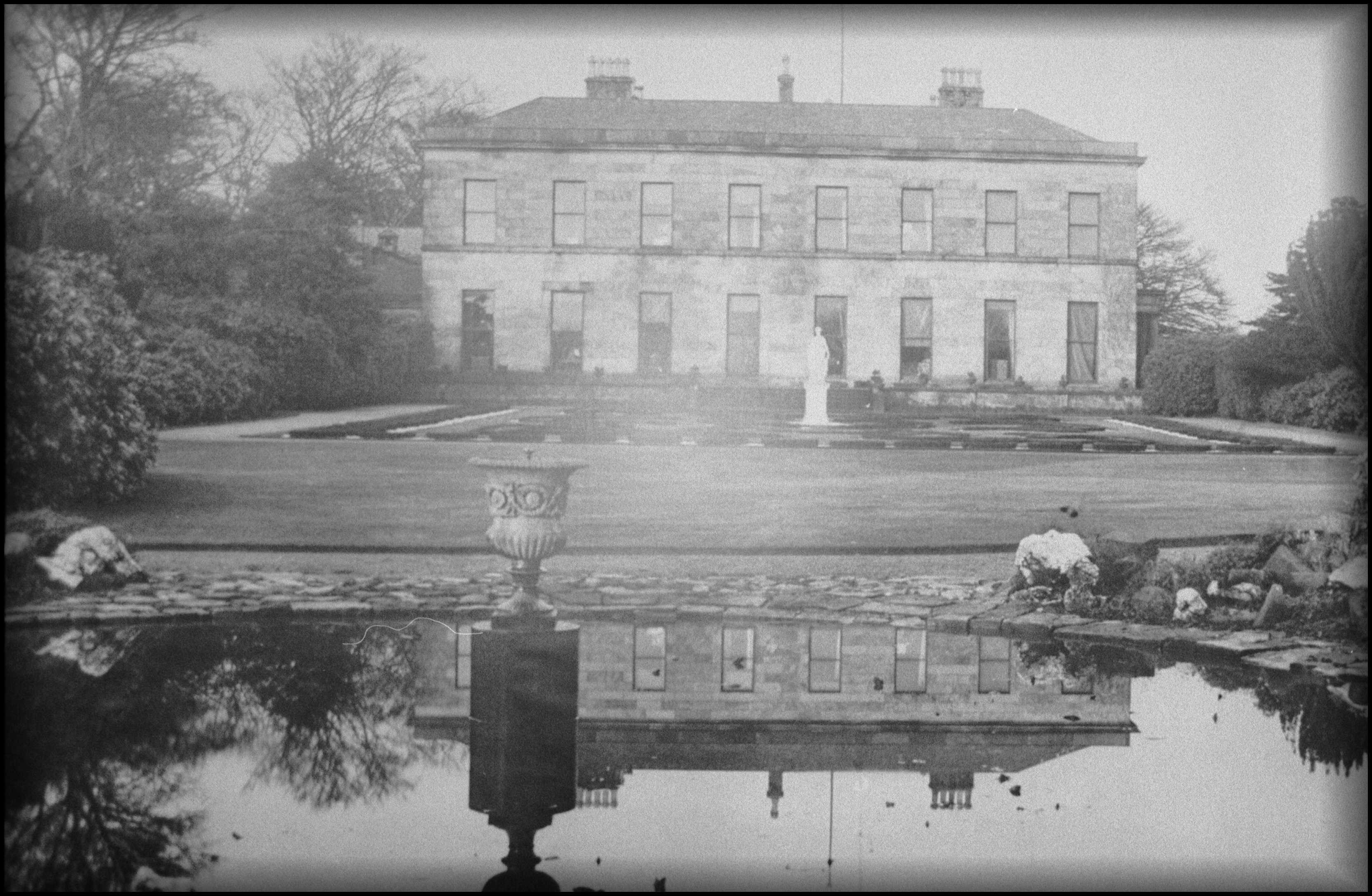
A stone panel was preserved in the entrance hall bearing the Standish Arms and the date of 1623.
The north wing was partly destroyed by fire and the rest of the building much damaged on 2 March 1859, but was rebuilt in 1861.
The Ancient Barn.
To the west of the Hall site is fine barn about 100 ft. long by 28 ft. wide externally, built round six pairs of crooks, resting on stone bases. The walls are of brick except on the east side, which is faced in stone, and the roof is covered with stone slates.
The Ancient Barn.
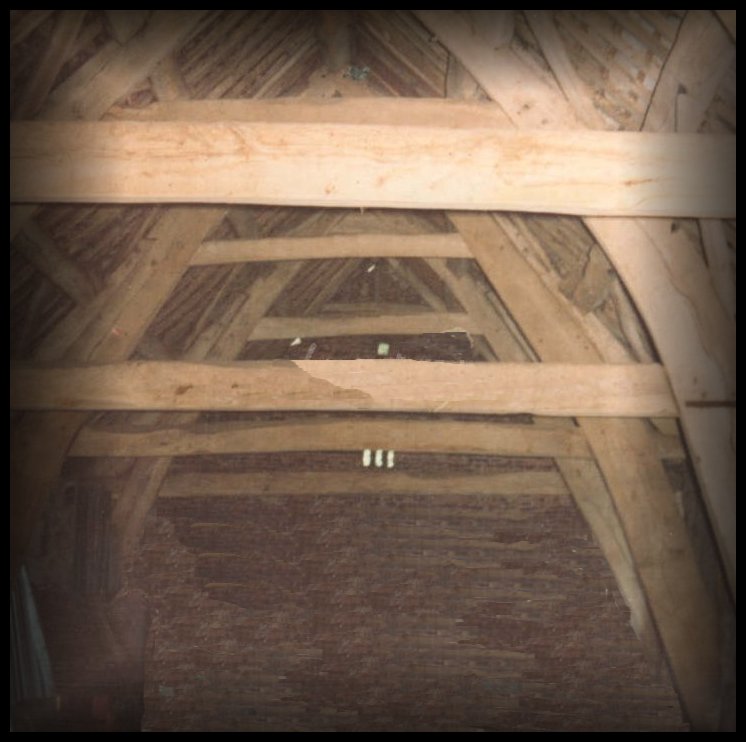
![]()
Standish of Standish family of Burgh on the Manor of Duxbury.
The Standish of Standish family of Gathhurst on the Manor of Shevington.
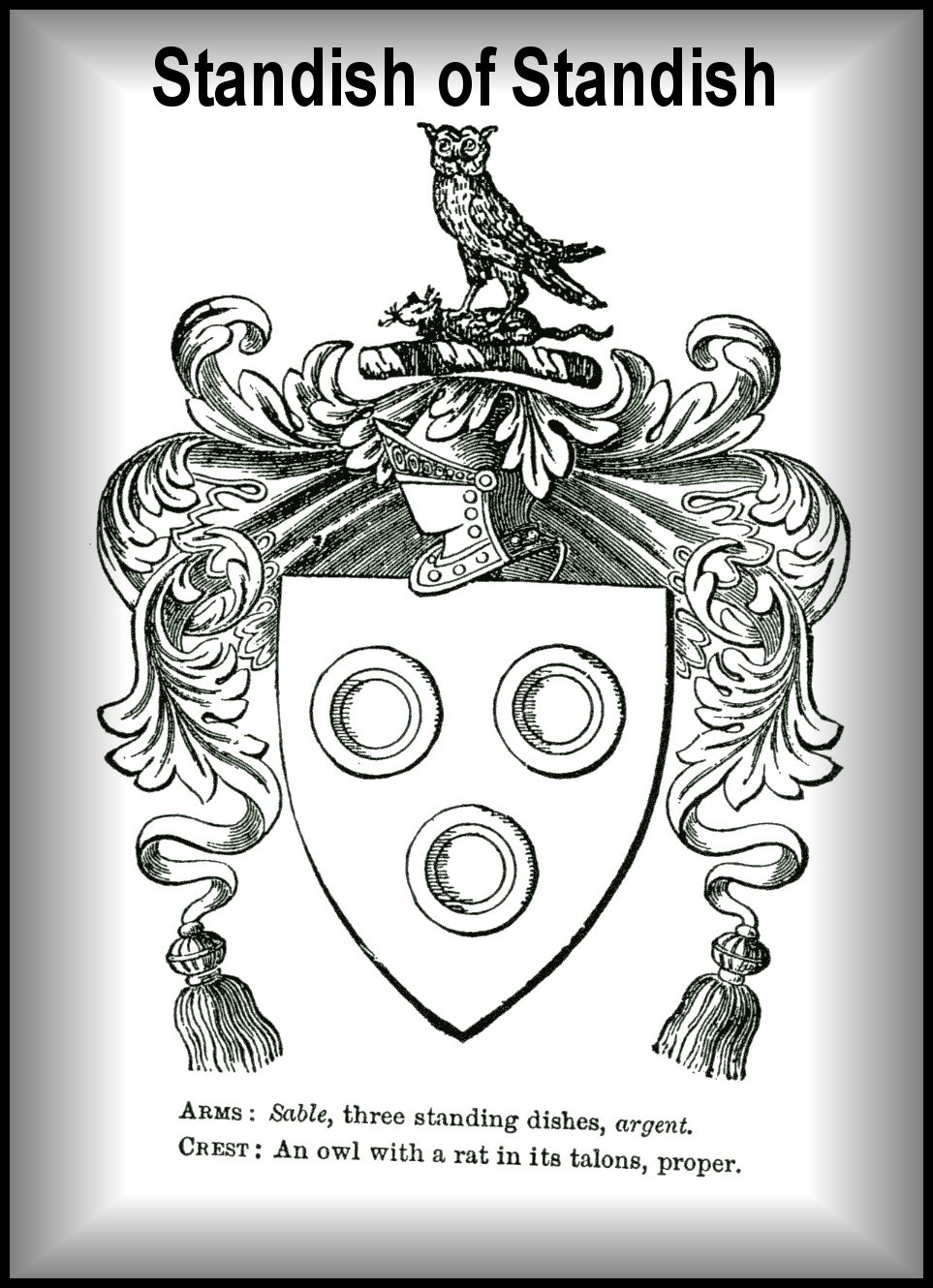
In the mid fourteenth century, there were several branches of the Standish family.
In addition to the main family at Standish Manor, others mentioned in the Standish deeds are the Standish of Burgh, Standish of Duxbury, Standish of Shevington, Standish of Gathurst, and Standish of Erlay.
As Christian names tended to be repeated in all these families it is often difficult to distinguish between them.
The Standish family of Gathurst on the Manor of Shevington and the Standish family of Burgh on the Manor of Duxbury used Christian names such as Thurstan and Laurence and thus researchers had difficulty distinguishing between these two families.
However the two families were very separate branches from the Standish of Standish family tree. They were close cousins being involved in joint business and land purchases
Both the Burgh and Gathurst branches of the Standish family had a Standish of Standish blood line and DNA.

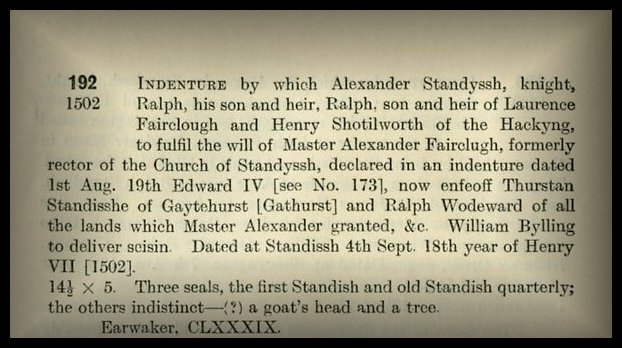
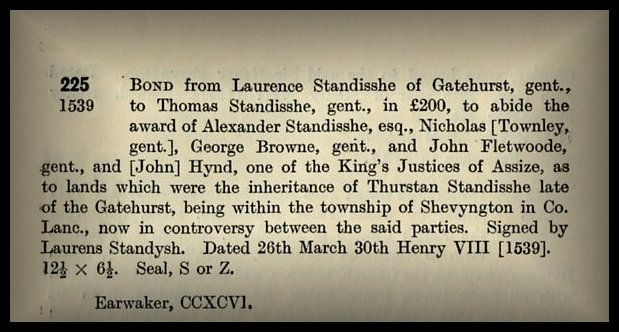
1614. FILE [no title] - ref. DDHE 36/18 - date: 17 Mar. 1614/5




![]()
1523. The Standish of Standish lands known as Ellerbeck on the Manor of Duxbury.

1523. Rauff Standish Lord of the Manor of Standish purchased the last of the Duxbury families land holding at Ellerbeck on the Manor of Duxbury in 1523. The Duxbury Hall refered to in the purchase deed is not the Manorial Hall of Duxbury but the Hall that the Duxbury family actually lived in at the date of the sale. After the Duxbury family vacated their home it became known in deeds after 1523 as "New Barn at Duxbury".
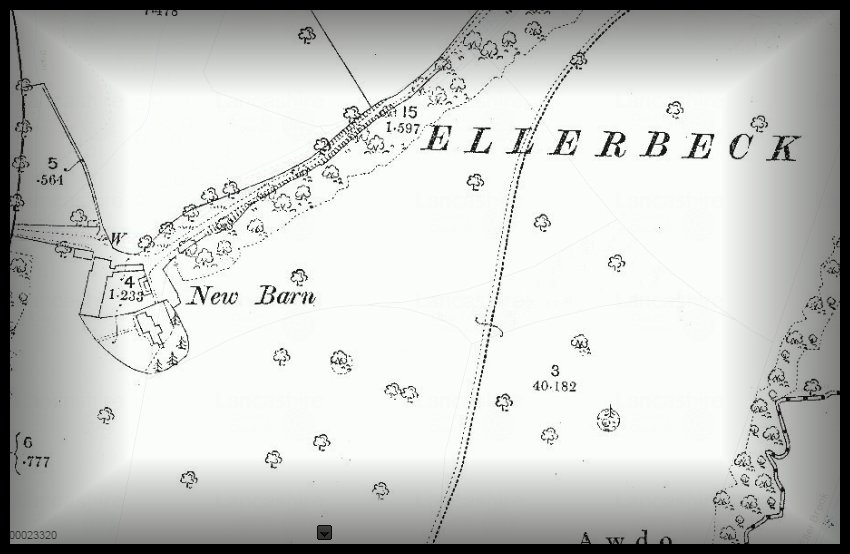
1575. William Tatton Esquire and his wife Mary Standish were living at the Holt on the Manor of Coppull which was owned by the Lord of the Manor of Standish.
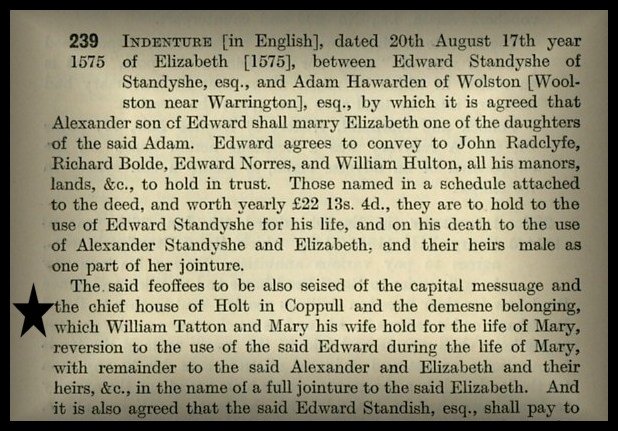
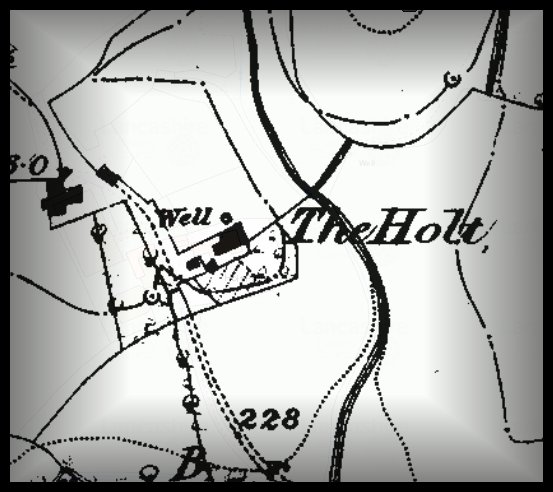
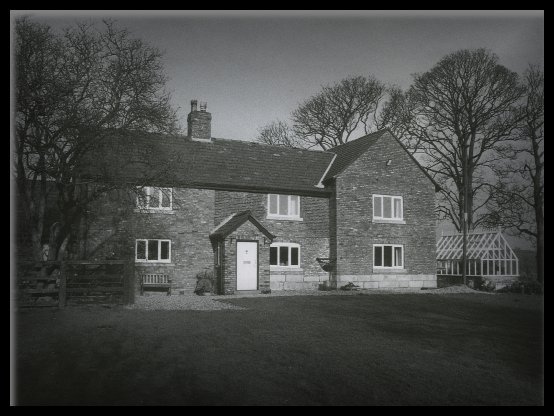
1588. William Tatton Esquire and his wife Mary Standish were resident on the Standish of Standish lands at New Barn including all the lands at Ellerbeck formally held by the Duxbury family.
The size and value of New Barn and its land holding can be seen in the 1588 valuation assessment for payment to the repair of St Wilfrid's Church at Standish. William Tatton is assessed as the second largest contributor after Thomas Standish Lord of the Manor of Duxbury.
Robert Anglezark held his home Anglezark House and its lands by rental from the Lord of the Manor of Standish.
Myles Nightingale also held his home Nightingale House and its lands by rental from the Lord of the Manor of Standish
Thus the Lord of the Manor of Standish held a substantial part of the Manor of Duxbury.
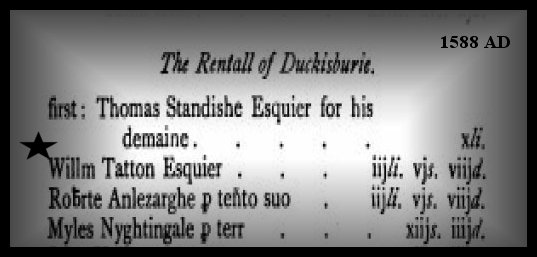
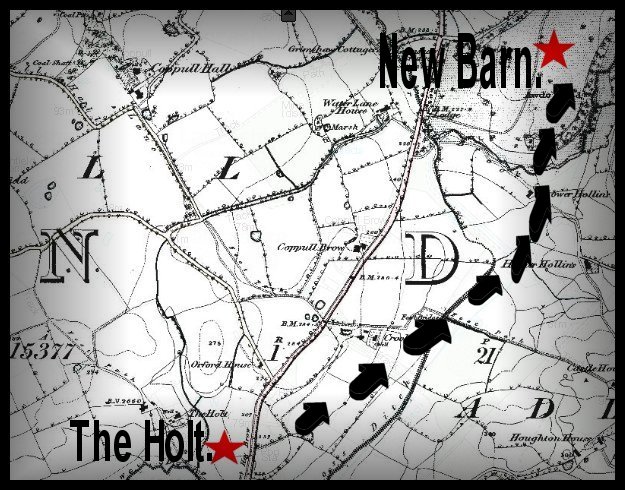
![]()
1311 - 2007. Nightingale Family of Ellerbeck on the Manor of Duxbury.
The Nightingale Family of the Parish of Standish were closely connected to the Standish of Standish Family.
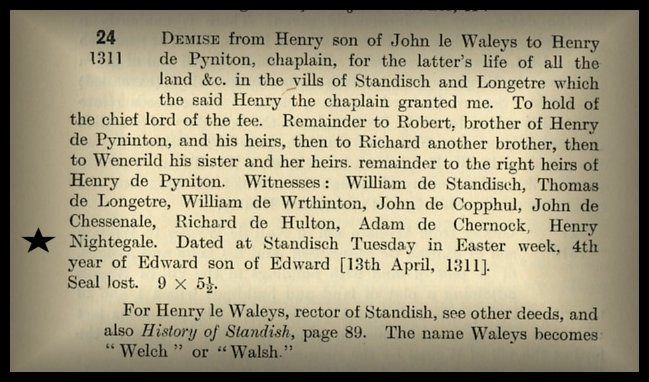
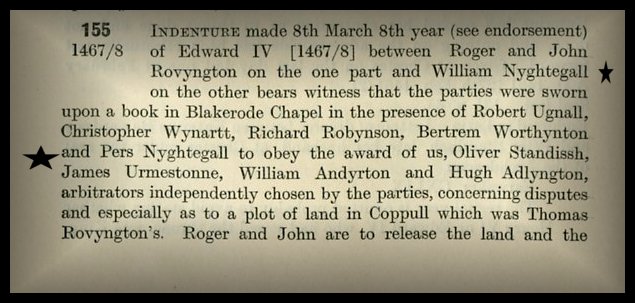
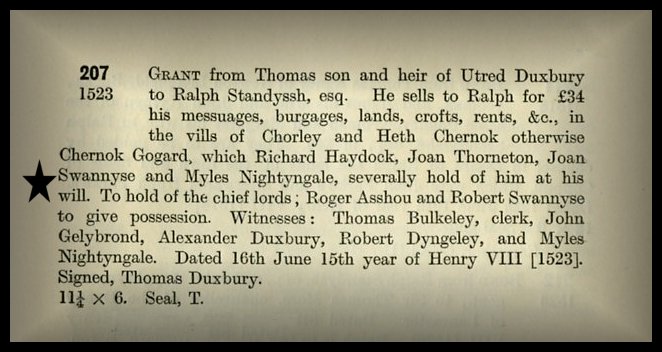
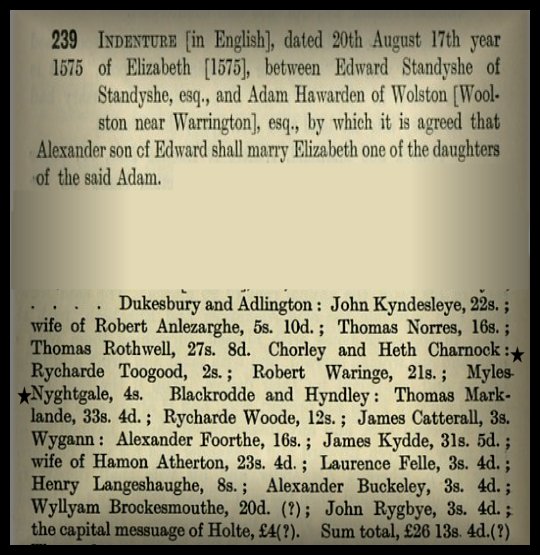
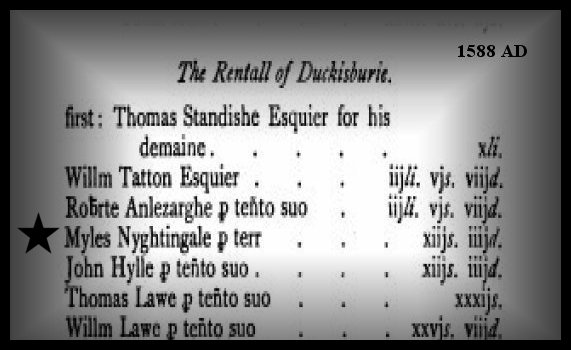
Nightingale House - the home of the Nightingale Family.
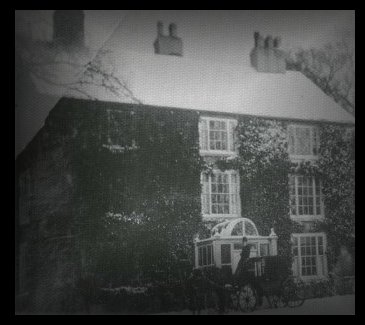
2007. Members of the Nightingale Family descended from the original Nightingale Family of the Manor of Duxbury and Parish of Standish.
Brian Nightingale - 2007.
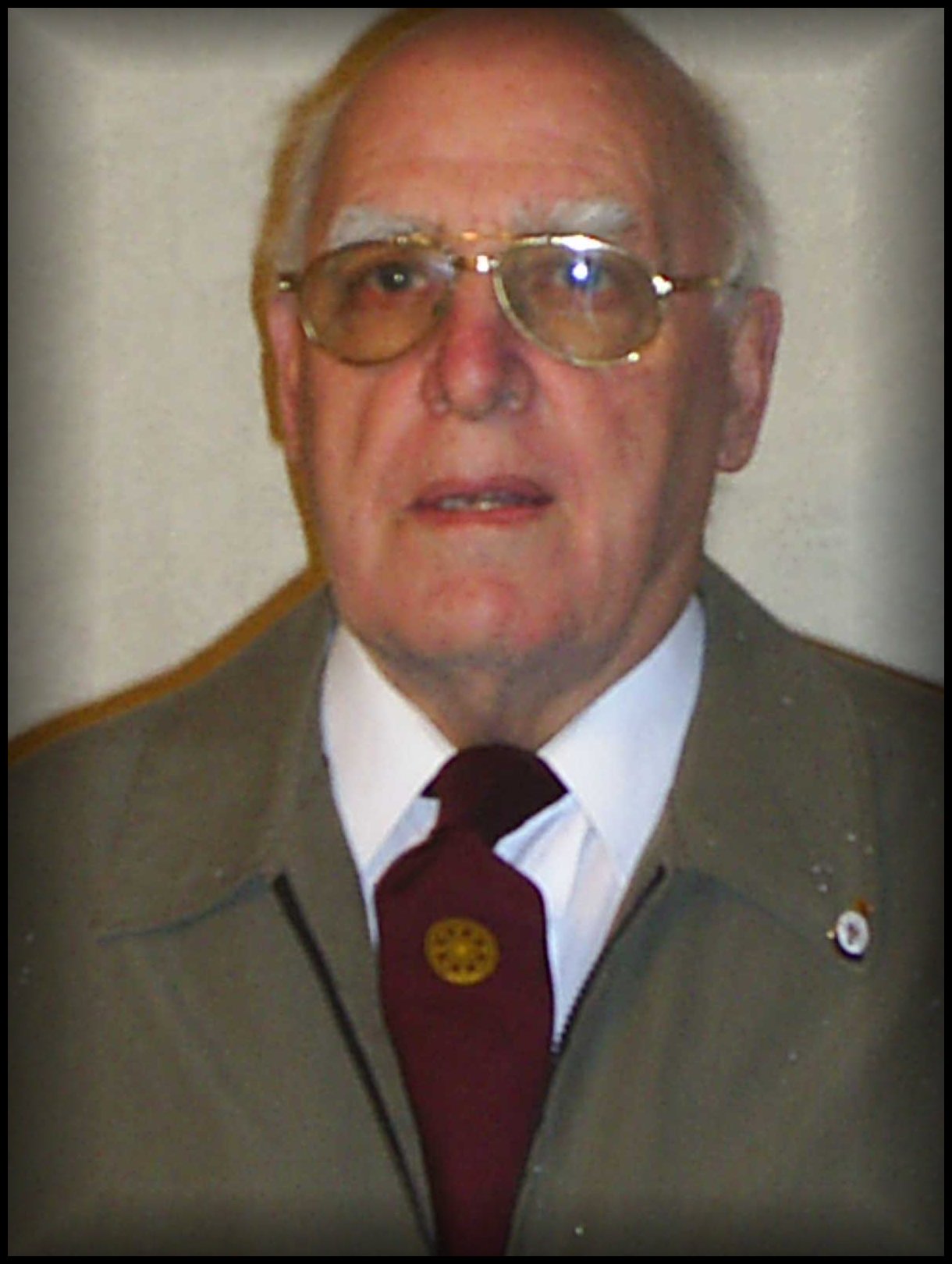
Chris Nightingale - 2007.
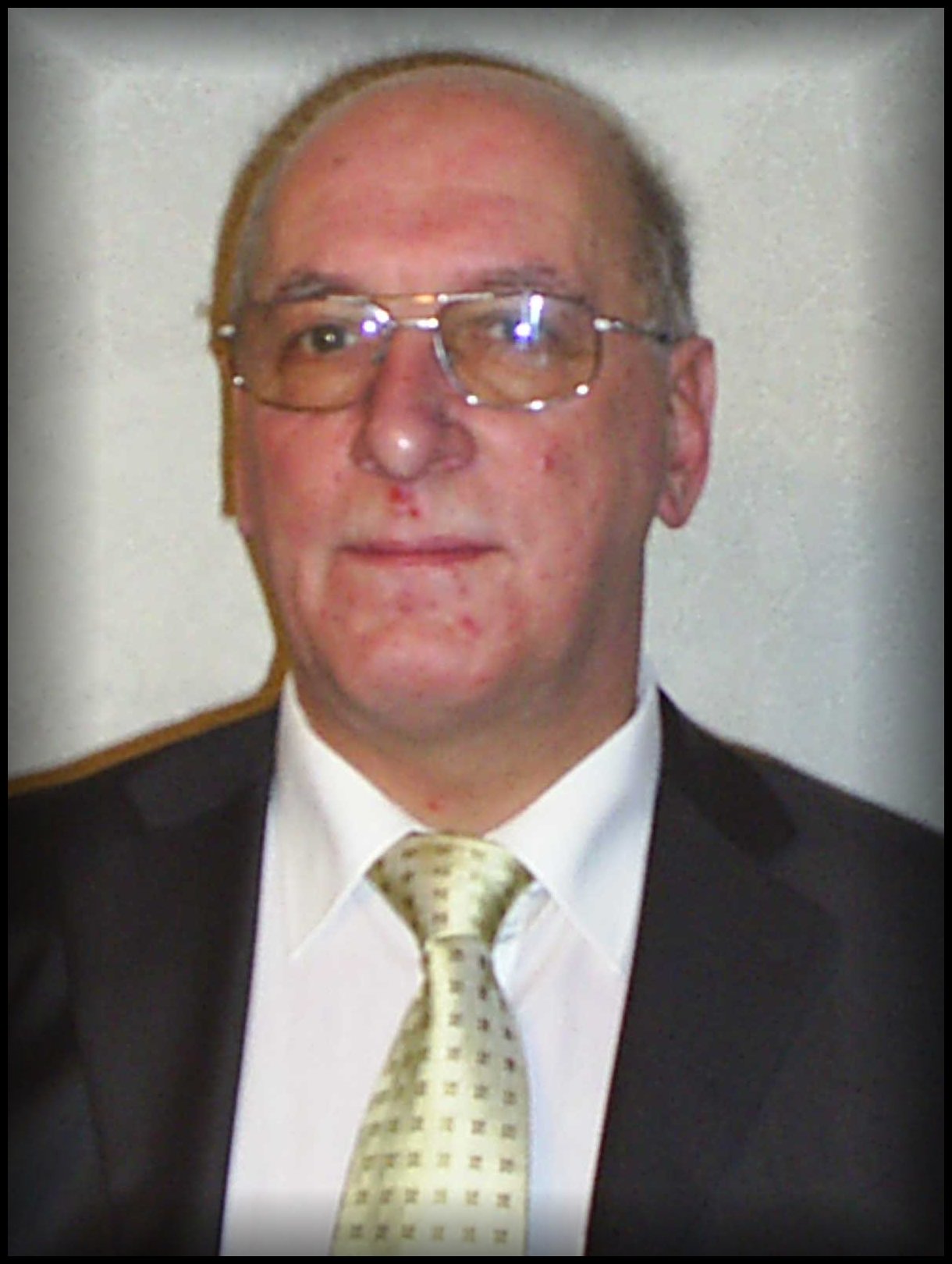
Stephen Nightingale - 2007.

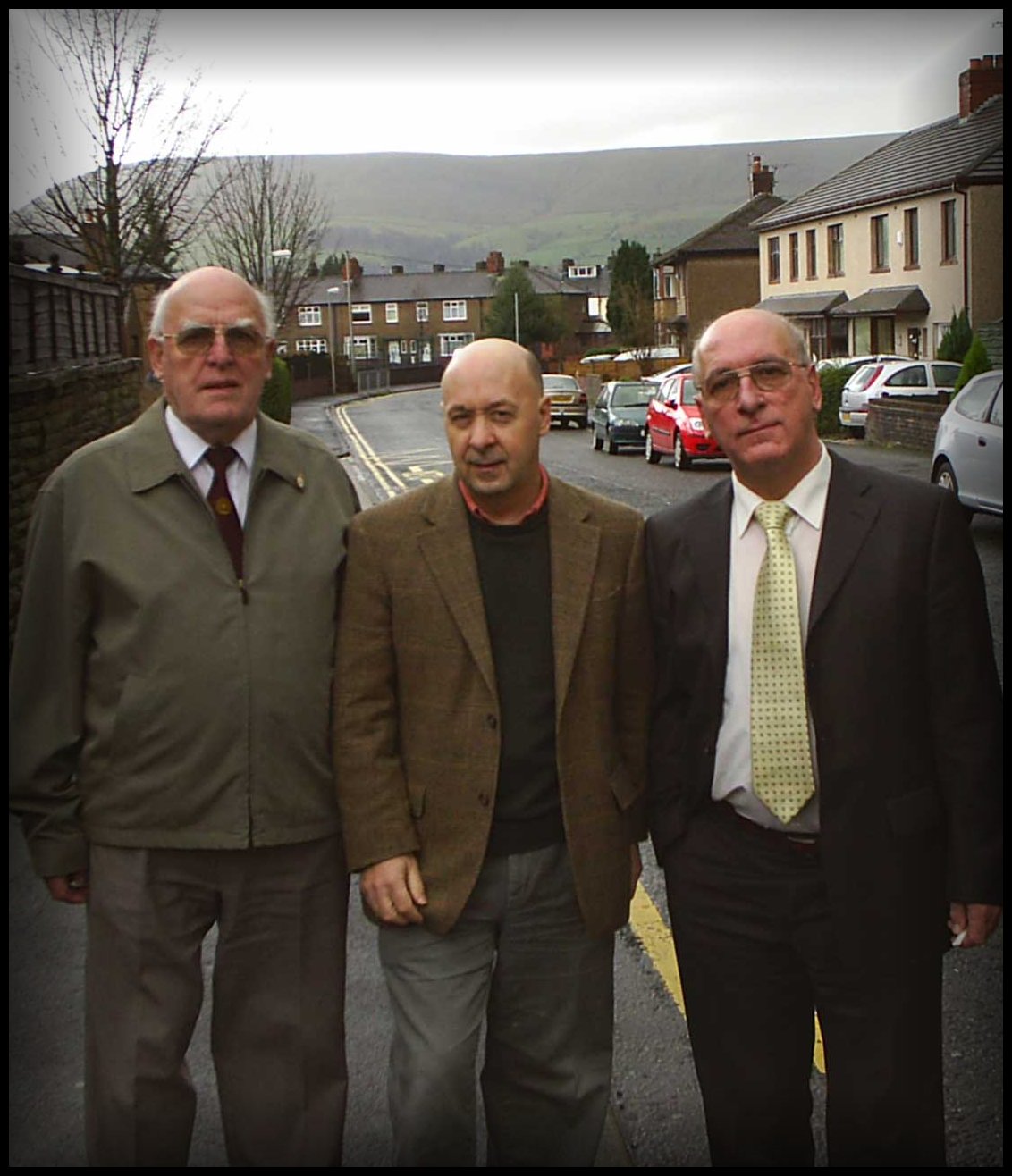
![]()
1588 - 1828. Hodgeson / Hodgson or Hodson Family of Ellerbeck on the Manor of Duxbury.
The Hodgeson / Hodgson or Hodson Family are old residents of the Manor of Duxbury.
The family name has been written down as Hodgeson / Hodgson or Hodson in many ancient deeds.
The Parish registers of St. Laurence the Parish Church of Chorley provide an excellent example of how the Hodgson family name was spelt between the years 1540 to 1640.

1588. The Hodgeson family resident upon the Manor of Duxbury.
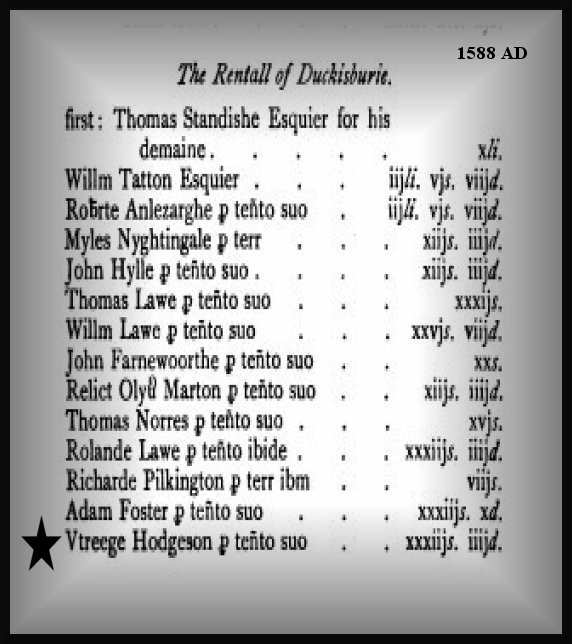
1628. The Hodgson family resident upon the Manor of Duxbury.
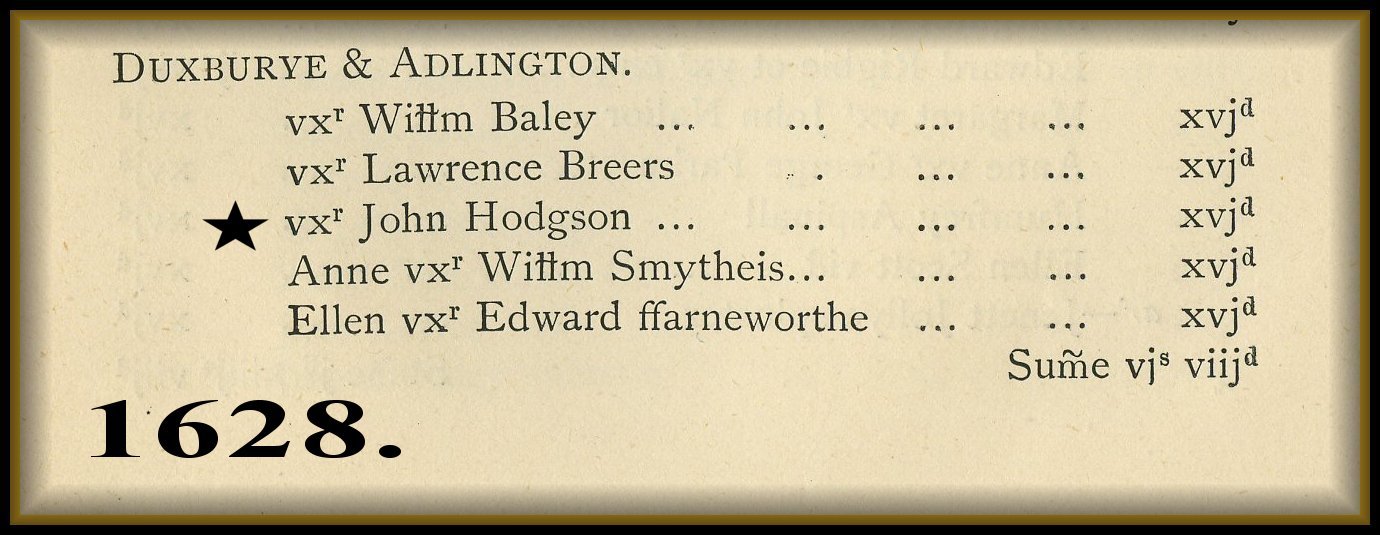
Thurstan Hodson farmed land on the Manor of Chorley to the west of the boundry to the Manor of Duxbury.
In 1631 Thurstan Hodson rented the site of the Pele Tower the former home of the Lords of the Manor of Duxbury the de Haydock - de Standish family. The Pele Tower had been reduced to the lower ground floors which were used as a barn and stables by Thurstan Hodson.
1631. Thurstan Hodson farmed land on the Manor of Chorley.
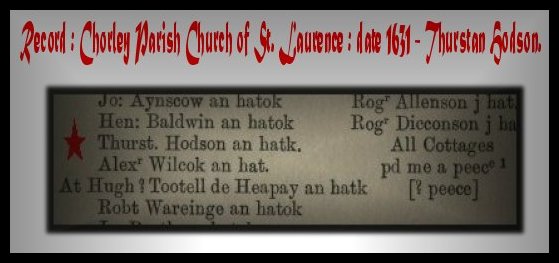
1762. The Hodson family resident upon the Manor of Duxbury.
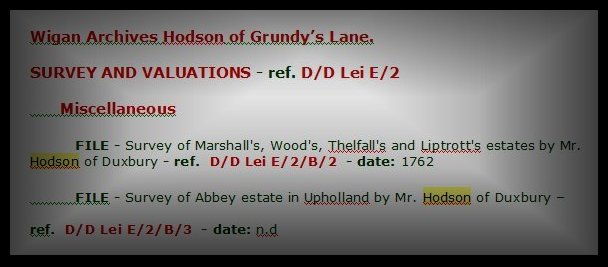
1840 Census. Hodson House on the Duxbury Estate is occupied by the Grundy Family.
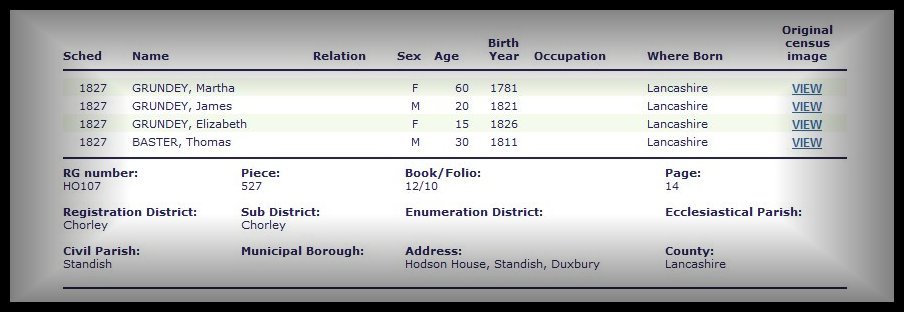
1890. The Hodson family residence is shown on the Duxbury Estate Map as Hudson's Cottage.

1840. The Grundy Family family gave their name to the Lane on which they lived.
1738. Ralph Standish Lord of the Manor of Standish and his second wife Mary Hodgson.
In 1738 Ralph Standish Lord of the Manor of Standish married a second time (his wife Lady Phillippa having died in 1732) to Mary Hodgson, daughter of Albert Hodgson of Leighton.
There were no surviving children from Ralph's second marriage, and when Ralph Standish died in 1755 the estate passed to his daughter Cecilia, wife of William Towneley of Towneley, who she married in 1735.
Ralph Standish Lord of the Manor of Standish died in 1755.
Mary Hodgson, daughter of Albert Hodgson of Leighton and widow of Ralph Standish then became the wife of George Towneley of Towneley.
Leighton Hall in 1708 was owned Albert Hodgson, who had married George Middleton Oldfield's (who died at Leighton Hall in 1708) daughter Dorothy.
Albert Hodgson was taken prisoner at Preston in the 1715 Jacobite Rising. Leighton Hall was sacked and burned by government troops and Hodgson's life interest in the property was confiscated.
However, in 1722 Leighton Hall was sold at public auction and bought back for Albert Hodgson by a friend, a Mr Winkley from Preston.
Albert Hodgson was eventually released from prison and retired to his ruined and heavily mortgaged property.
The situation was saved in the next generation by his daughter, Mary marrying the wealthy George Towneley of Towneley.
George Towneley rebuilt the house in the Adam style, replanted the woods and laid out the park in 1763.
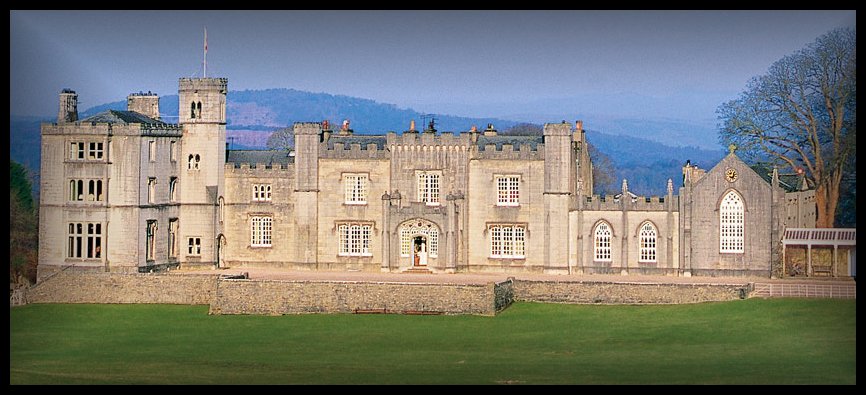
The beauty of Leighton Hall's grounds is very much a result of George Towneley's investment. Unfortunately there were no children of the marriage and in 1782 Mr and Mrs Towneley left Leighton after establishing their chaplain in a house at Yealand which became the present Catholic presbytery.
In 1786 Mr Towneley died, the property was sold by his nephew, John, to Alexander Worswick of Ellel Grange in 1805. Alexander Worswick was a banker in Lancaster and married Alice Gillow.
1802. John Hodgson of North Hall, Worthington, represented Wigan as a Tory from 1802 to 1820, his son, James Alexander Hodgson, being member from 1820 to 1831.
Jane Hodgson was the sister of John Hodgson of North Hall Worthington.
1820. John Hodson Lord of Manor of Coppull, purchased the The Standish of Standish lands known as Ellerbeck and built the New Ellerbeck Hall
Ellerbeck Hall.

Ellerbeck Lodge.

Ellerbeck Estate - Hall - Lodge - Nightingale House.
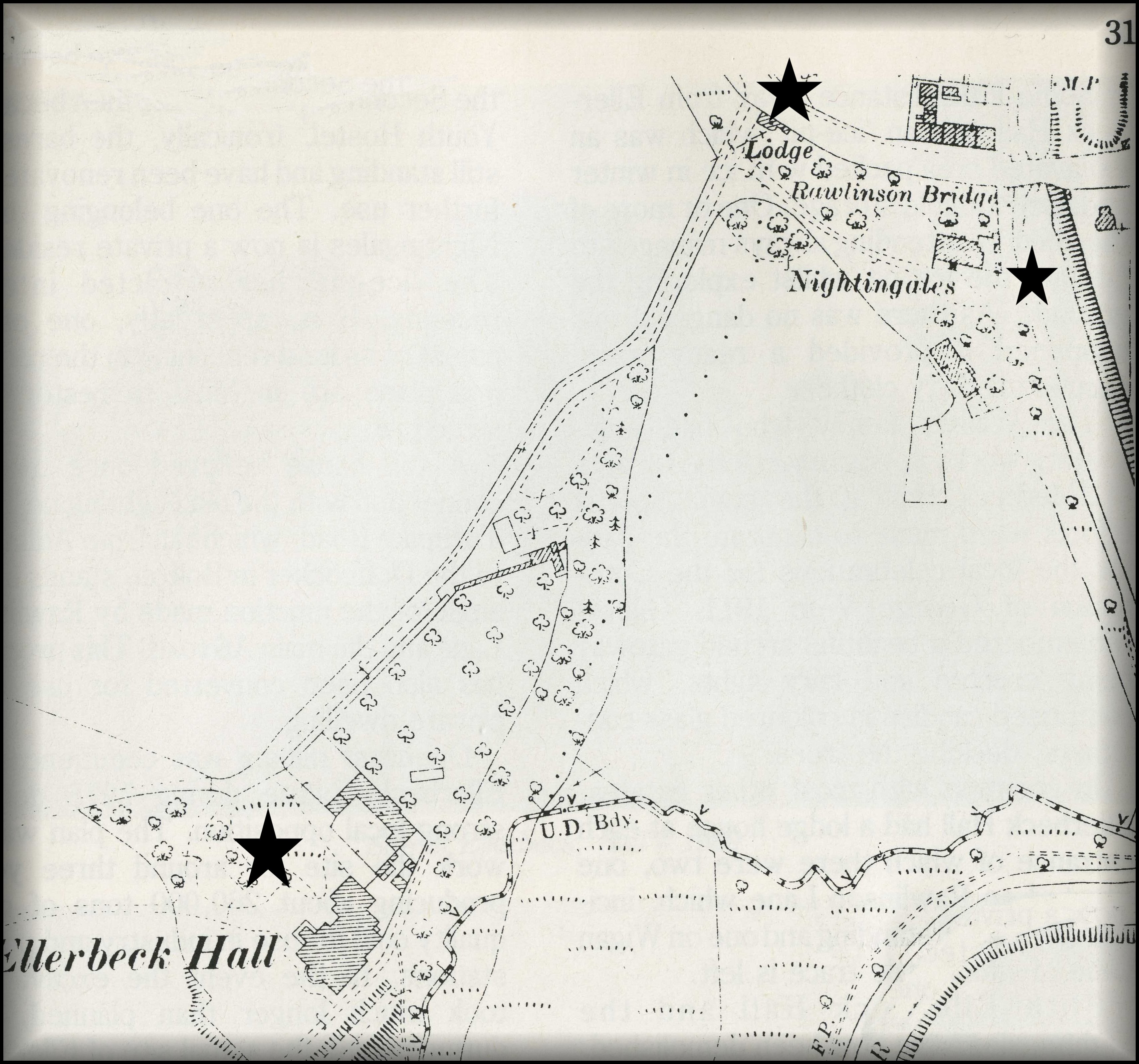
Jane Hodgson sister of John Hodgson of North Hall Worthington married Richard Cardwell of Blackburn.
A memorial tablet in Parish Church of St. Wilfrid at Standish records the death of John Hodson of Ellerbeck on 11th March 1828.

The memorial tablet erected by “Richard Cardwell” .
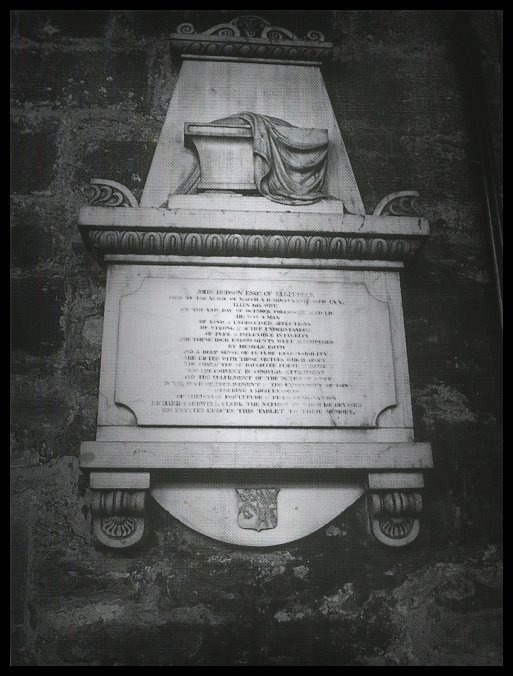
Jane Hodgson and her husband Richard Cardwell inherited all the estates of John Hodson of Ellerbeck and these passed to their grandson Edward Cardwell, 1st Viscount Cardwell.
Jane Hodgson and her husband Richard Cardwell had two sons John Henry and Edward .
The elder son John Henry had a son named Edward born in Liverpool 1813 who became Edward Cardwell, 1st Viscount Cardwell .
The younger son Edward became principal of St. Alban Hall, Oxford and was a Church historian.
In 1874 Edward Cardwell was raised to the peerage as Viscount Cardwell of Ellerbeck, he then retired to his estate at Ellerbeck, but lived at Nightingale House not at Ellerbeck Hall which he rented out.
Nightingale House.
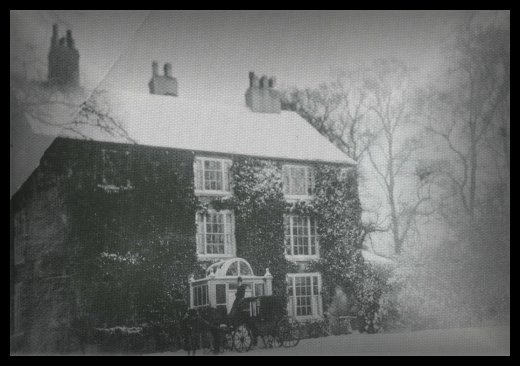
![]()
Viscount Cardwell of Ellerbeck in the County Palatine of Lancaster.
Viscount Cardwell Lord of the Manor of Coppull.
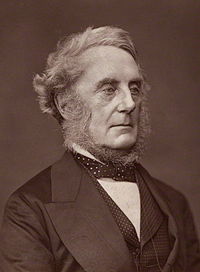
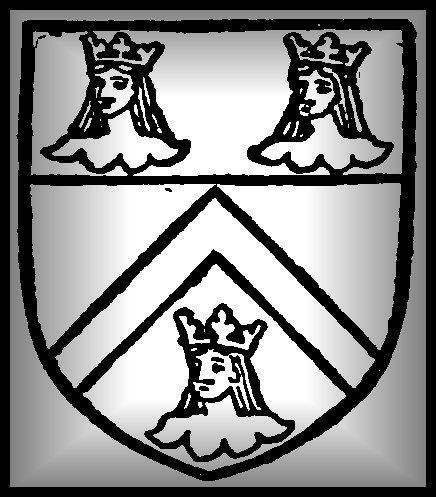
Cardwell, Viscount Cardwell. Argent a cheveron sable, in base a maiden's head erased proper crowned or on a chief of the second two like maidens' heads.
Edward Cardwell, 1st Viscount Cardwell PC, (24 July 1813 – 15 February 1886) was a prominent British politician in the Peelite and Liberal parties during the middle of the 19th century. He is best remembered for his tenure as Secretary of State for War between 1868 and 1874 and the introduction of the Cardwell Reforms.
Edward Cardwell was the son of John Henry Cardwell, of Liverpool, a merchant, and Elizabeth, daughter of Richard Birley. He was educated at Winchester and Balliol College, Oxford, from where he took a degree in 1835. He was called to the bar, Inner Temple, in 1838.
Edward Cardwell was employed in the Colonial Office in the late 1830s, and directly involved in drafting written instructions (sent to Sydney) to Captain William Hobson RN, as to how to 'treat with the natives' (Maori) of New Zealand; thus he was indirectly involved in what would become the founding document of New Zealand, the Treaty of Waitangi, signed 6 February 1840.
Cardwell was elected Member of Parliament for Clitheroe in Lancashire in 1842. He became a follower and confidant of Sir Robert Peel, the Prime Minister, and held his first office under him as Financial Secretary to the Treasury between 1845 and 1846. When Peel split the Conservative Party in 1846 over the issue of repealing the Corn Laws, Cardwell followed Peel, and became a member of the Peelite faction. When the Peelites came to power in 1852, Cardwell was sworn of the Privy Council and made President of the Board of Trade by Lord Aberdeen, a position he held until 1855. In 1854 he passed the Cardwell Railway Act which stopped the cut-throat competition between Railway Companies which was acting to their and the rail users disadvantage.
During these years, Cardwell moved from seat to seat in Parliament. In 1847, he was elected as MP for Liverpool. In 1852, he lost elections for Liverpool and for Ayrshire, but won a seat at Oxford. In 1857, he was defeated for the Oxford seat, but a second election for the seat was held shortly after, which he won (beating William Makepeace Thackeray). The Peelite faction disintegrated in the late 1850s, and Cardwell officially became a Liberal in 1859, joining Lord Palmerston's cabinet as Chief Secretary for Ireland. Unhappy in that position, he moved two years later to another cabinet post, Chancellor of the Duchy of Lancaster. A second move within the cabinet came in 1864, when Cardwell became the Secretary of State for the Colonies, a position he kept until the Liberals were turned out of office in 1866.
When the Liberals returned to power under William Ewart Gladstone in the 1868 election, Cardwell reached the peak of his career, as Gladstone's Secretary of State for War. During his six years in the post, in what became known as "Cardwell reforms", Cardwell reorganised the British army, introduced professional standards for officers (including advancement by merit rather than purchase, and formed a home reserve force. After Gladstone's defeat in the 1874 election, Cardwell was raised to the peerage as Viscount Cardwell of Ellerbeck in the County Palatine of Lancaster. His ennoblement ended his active political career.
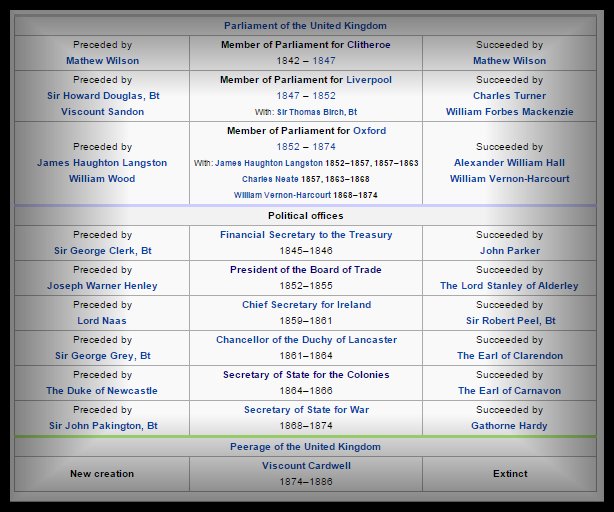
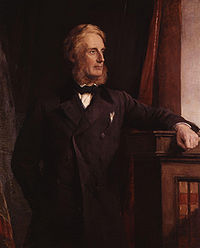
Lord Cardwell married Annie, daughter of Charles Stuart Parker, in 1838. They had two children, Margaret and Paul. He died in February 1886, aged 72. Lady Cardwell only survived him by a year and died in February 1887.
The town of Cardwell in Queensland, Australia, was named after Lord Cardwell, and the current branch of the Cardwell’s married into a Carinthian Austrian family.
Lord Cardwell's lasting legacy near to his old home at Ellerbeck is "The Cardwell Arms" where a glass of spirit can be raised to the long history of the Hodson / Hodgson family on the Manor of Duxbury.

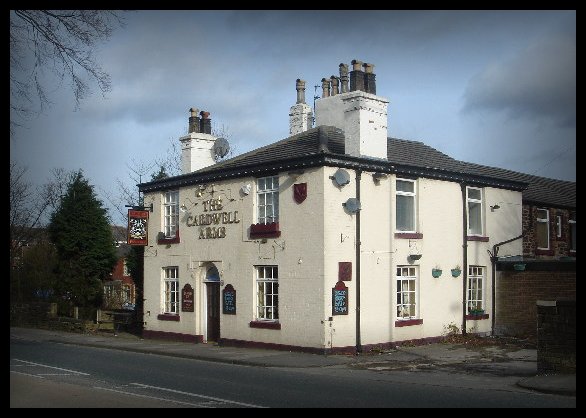
![]()
1936. Myles Standish U.S.Vice Consul.
1936. Myles Standish of the USA a direct descendant of the original Captain Myles Standish of the Mayflower and Pilgrim Fathers married Miss Betty Walls a Lancashire girl on the 21st December 1936 in Manchester, England.
Myles Standish and Miss Betty Walls.
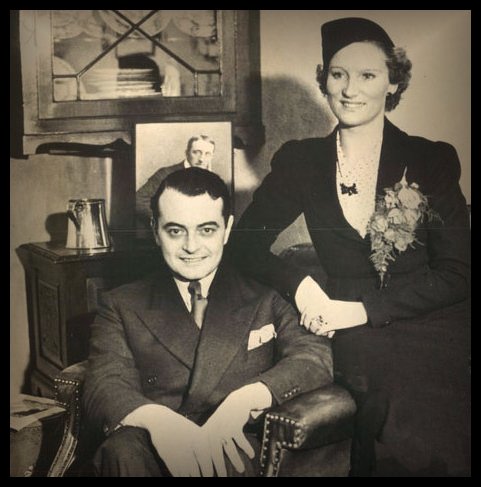
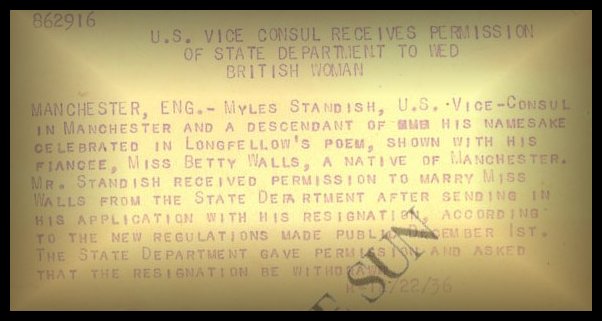

![]()
The Owl and the Rat and the Standish of Standish Family.
The Standish Family did not only use the Owl and the Rat as their Crest, upon their seals but also adorned their horses livery with Owl and Rat buttons.
Original old relic button from a Standish of Standish horse livey.
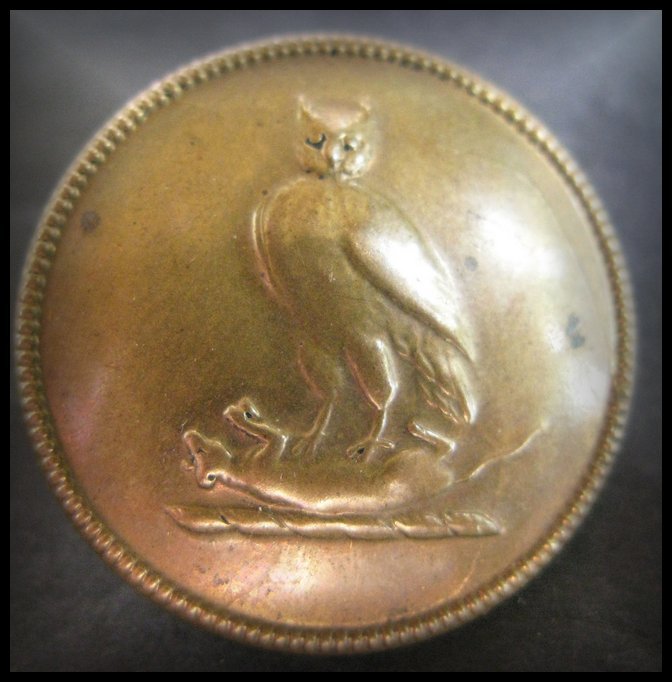

![]()
1383 - 1930. Deeds and papers referring to Burgh / Manor of Duxbury.

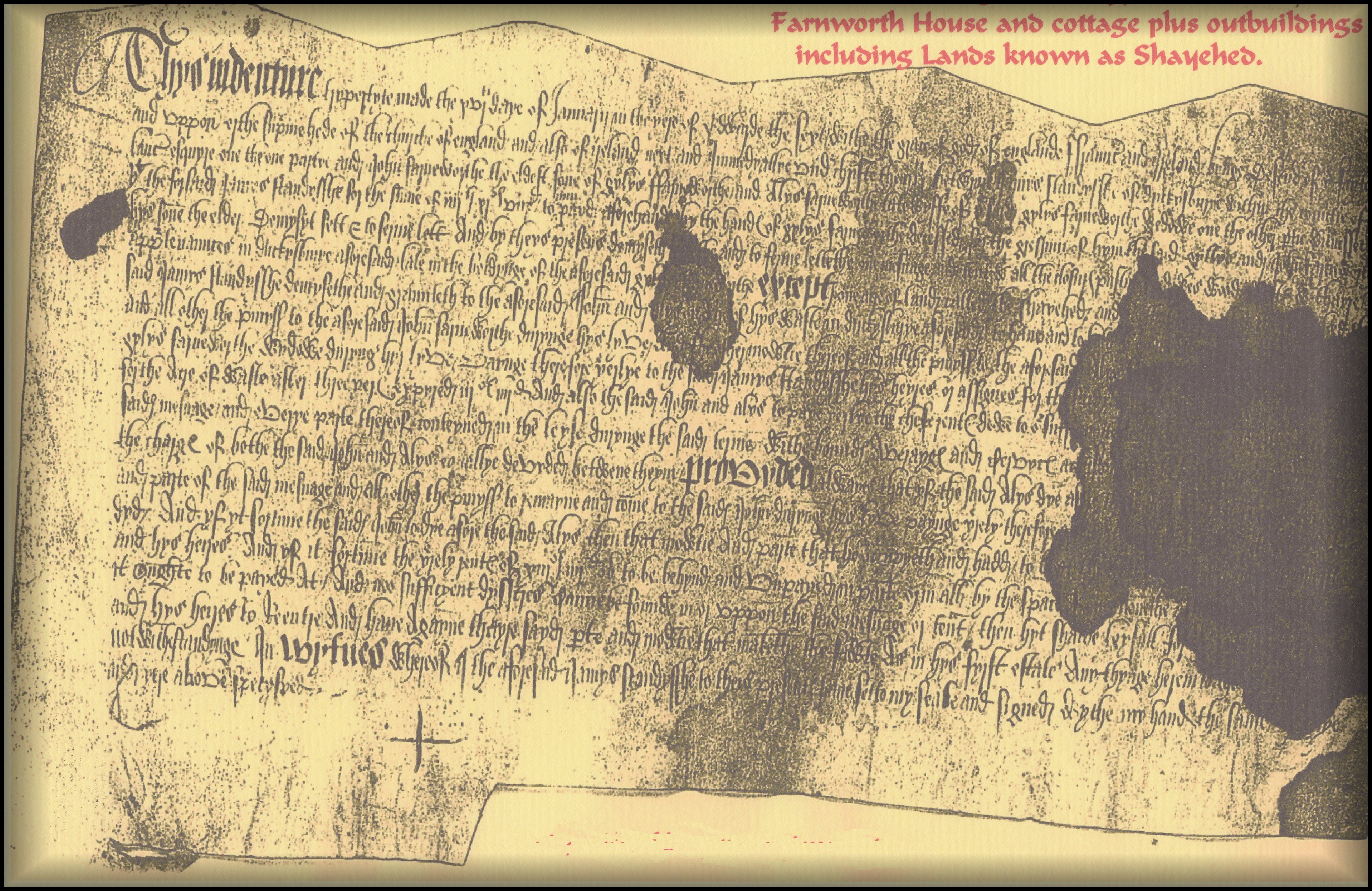
Farnworth House - 2012.
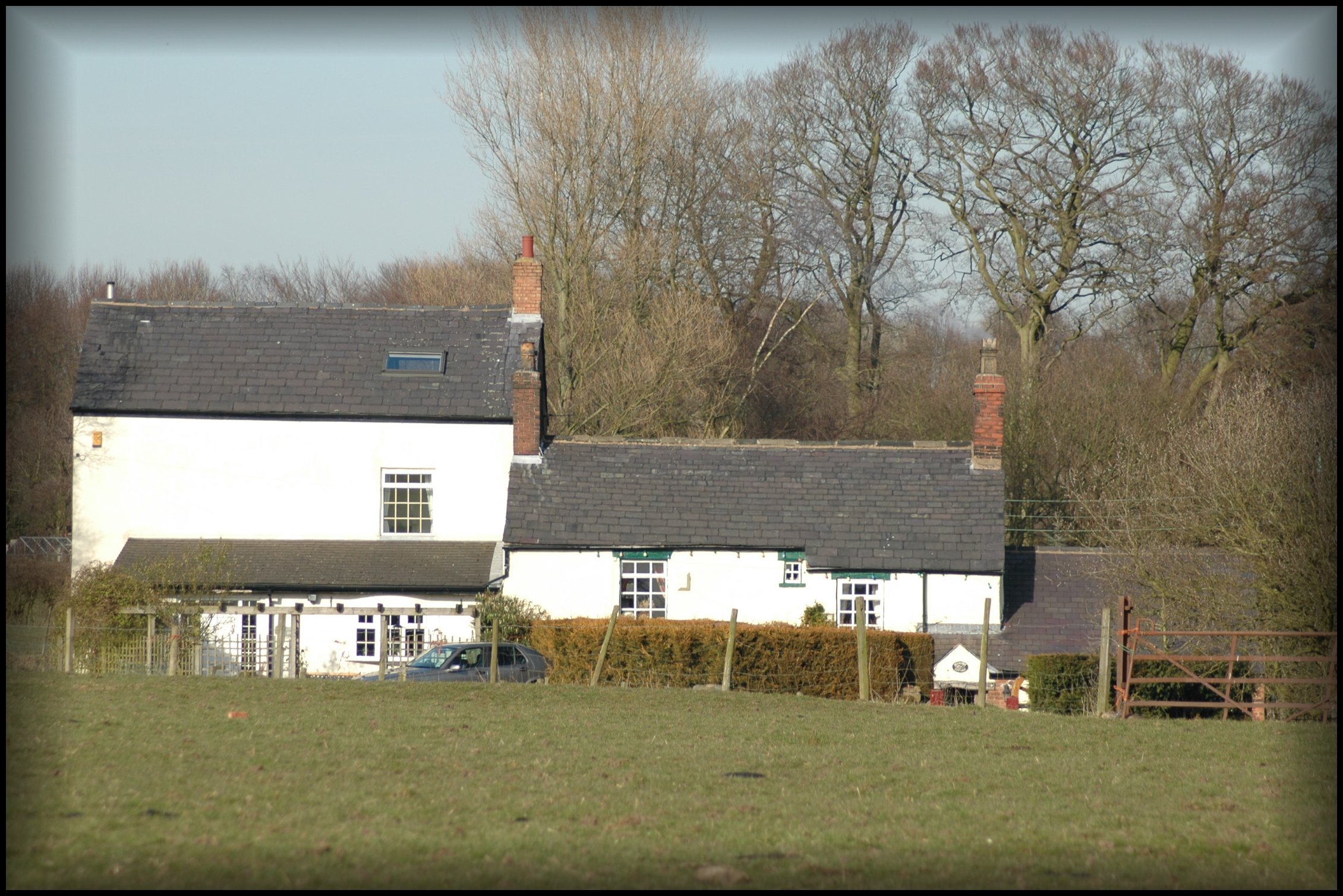
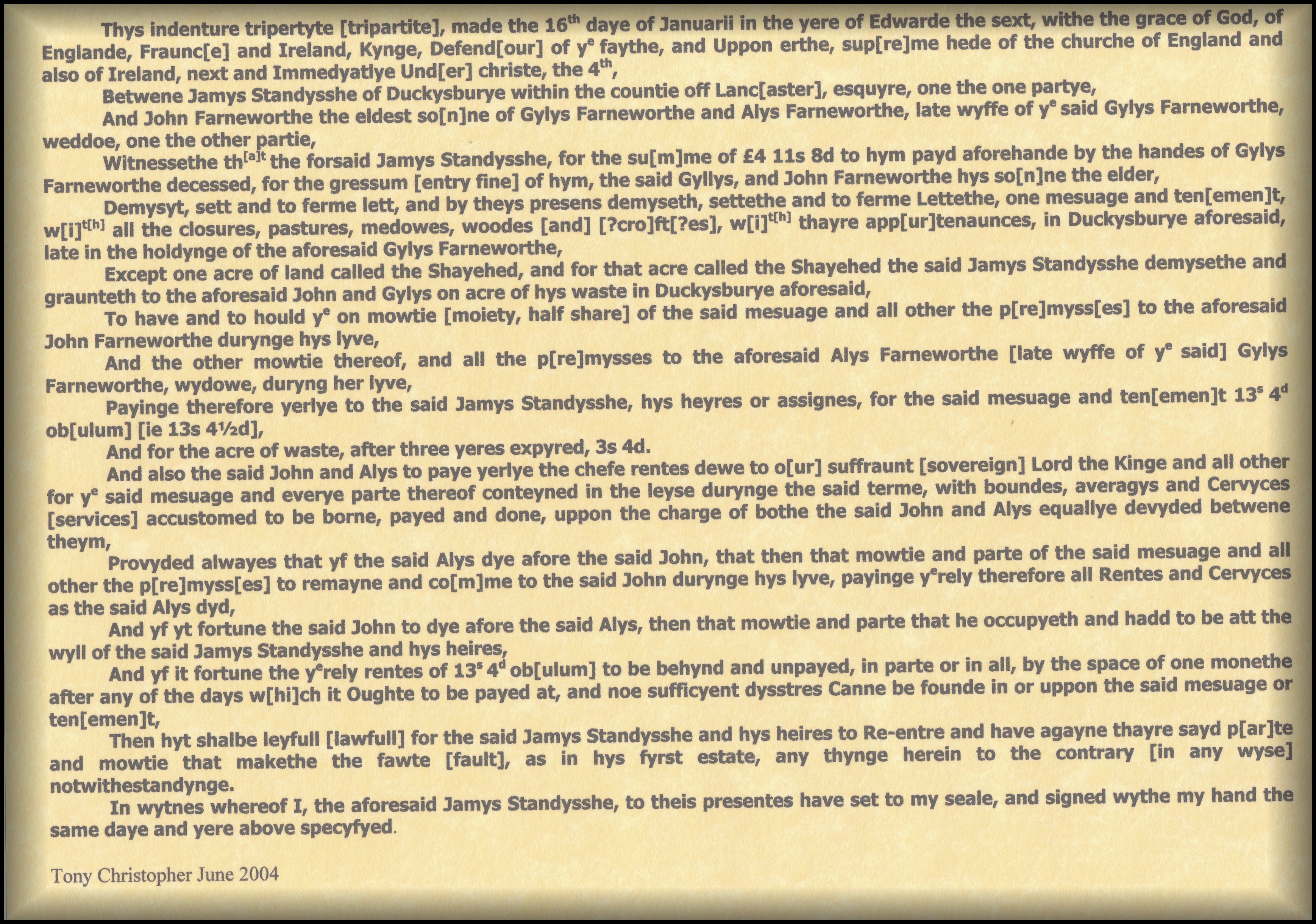
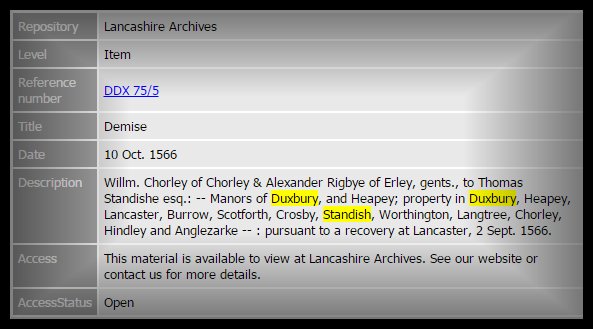

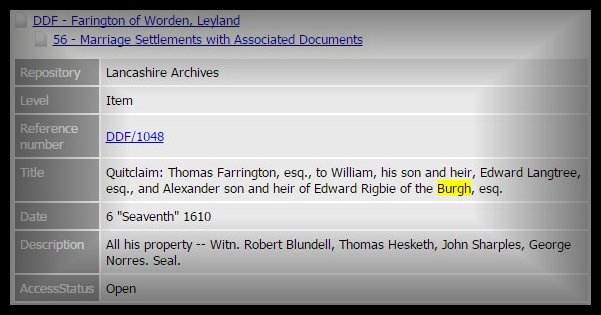
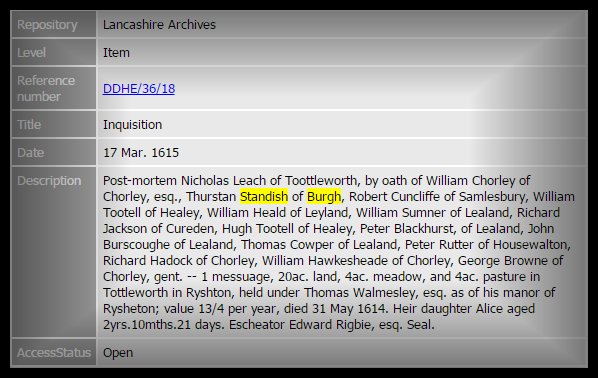
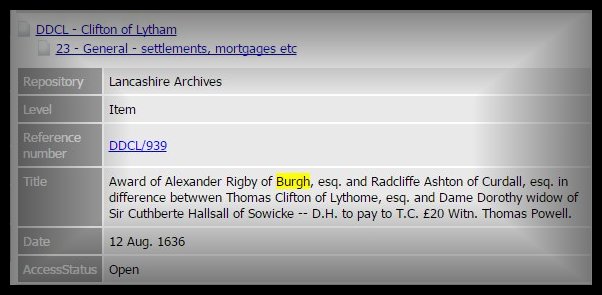

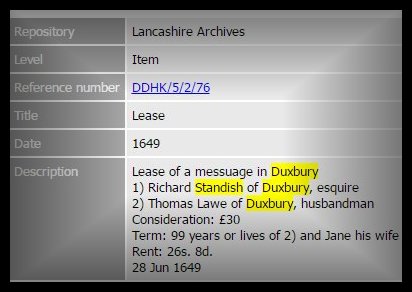


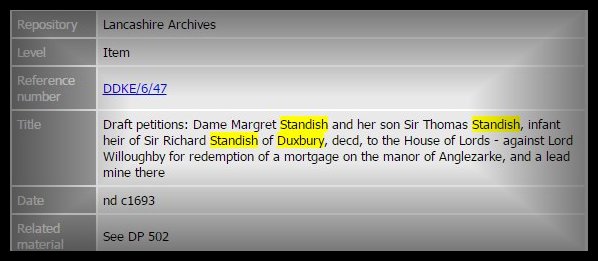
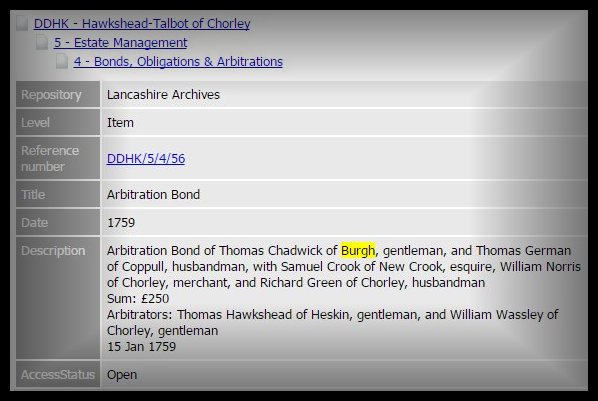
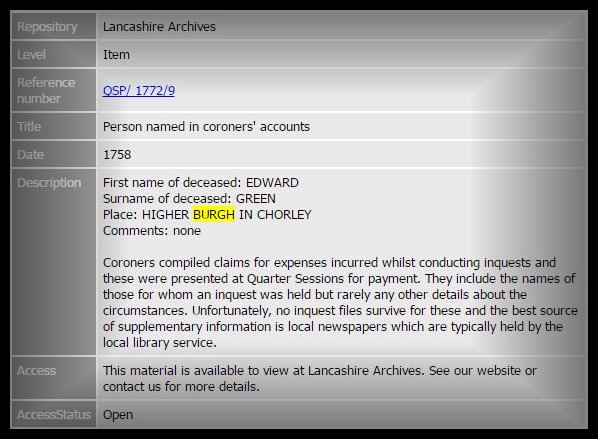

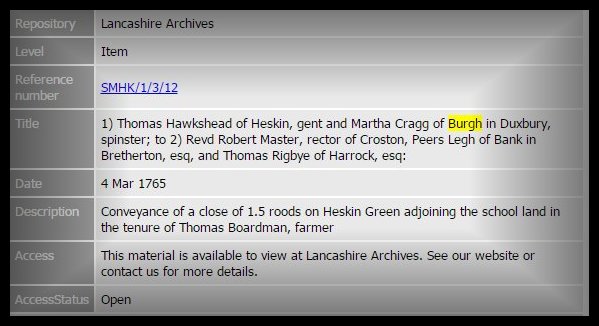
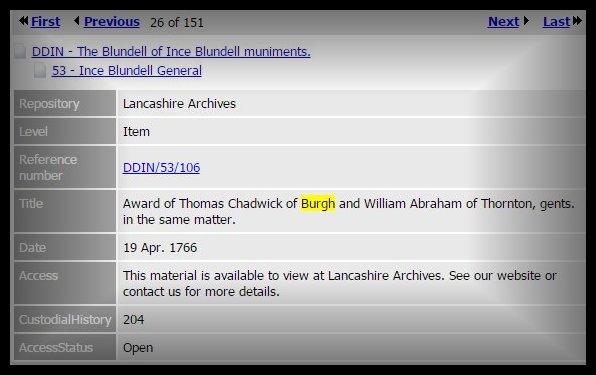

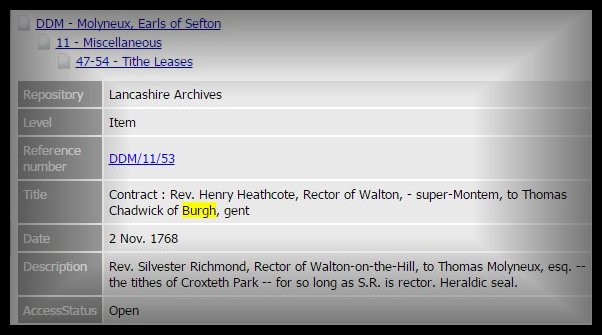
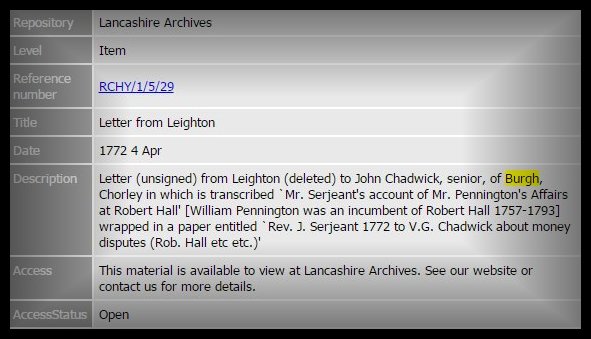
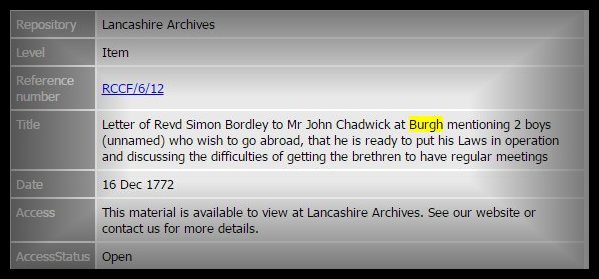
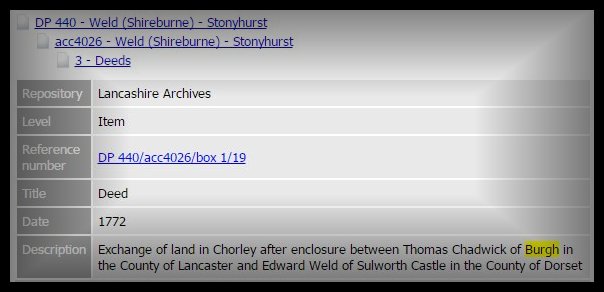
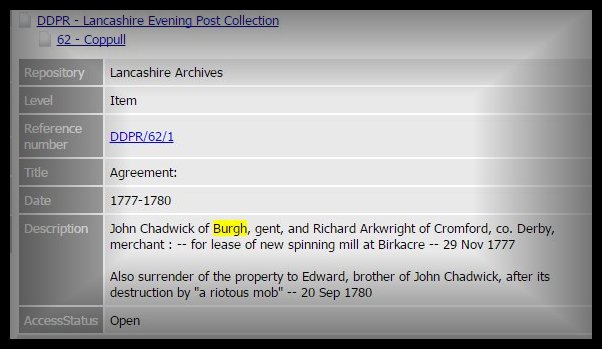

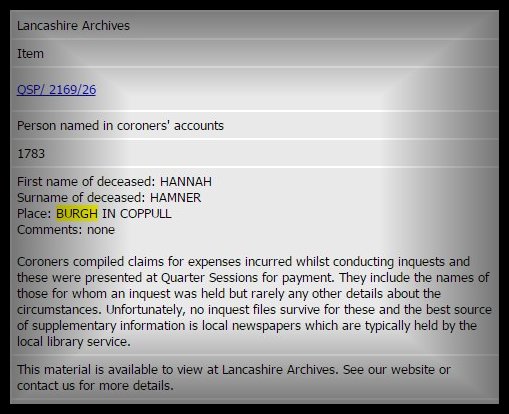
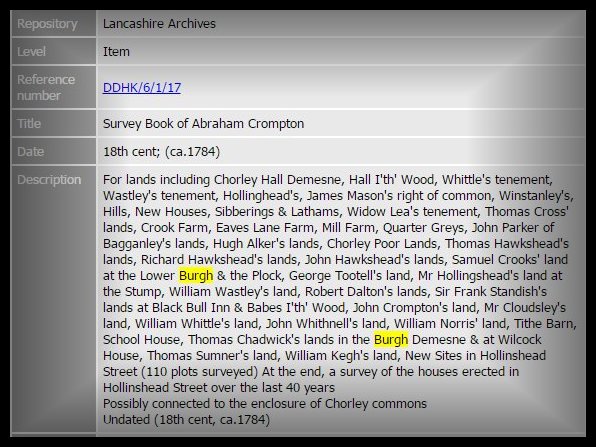

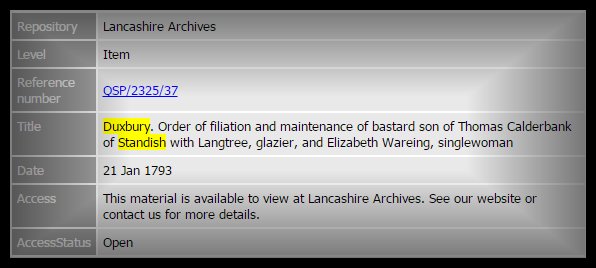
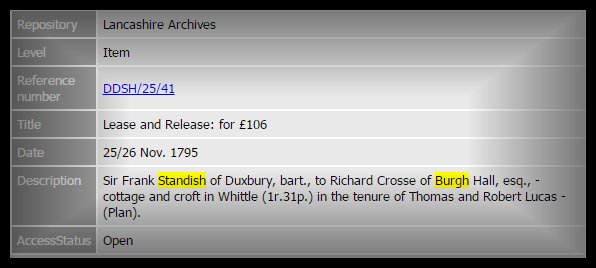
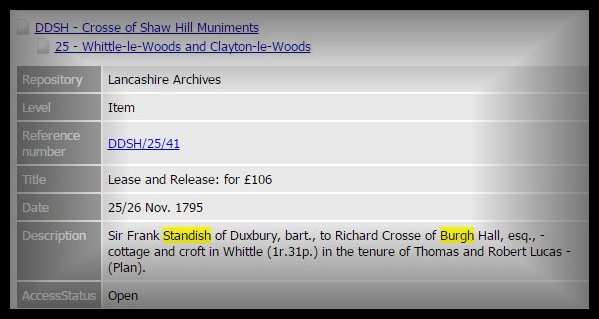
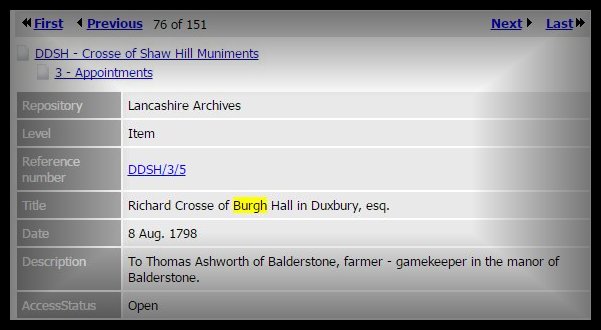
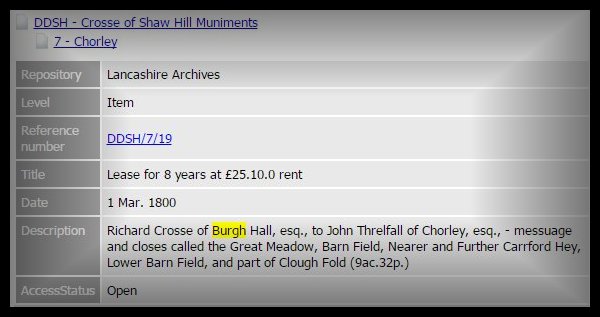
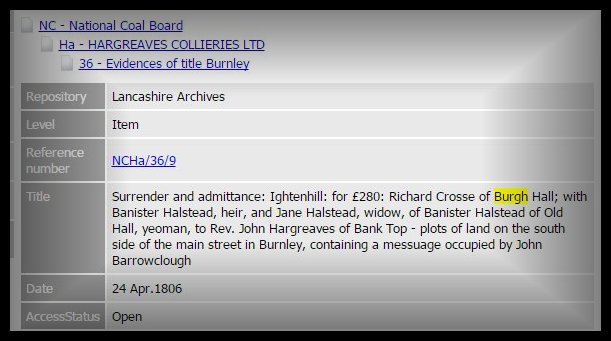

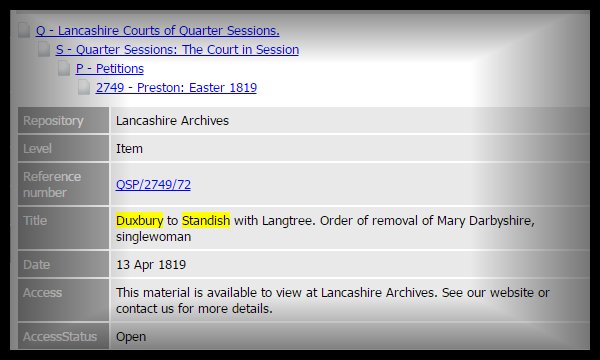
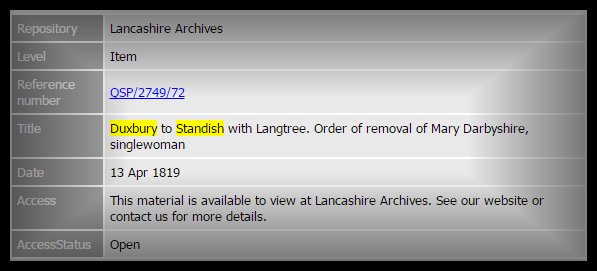
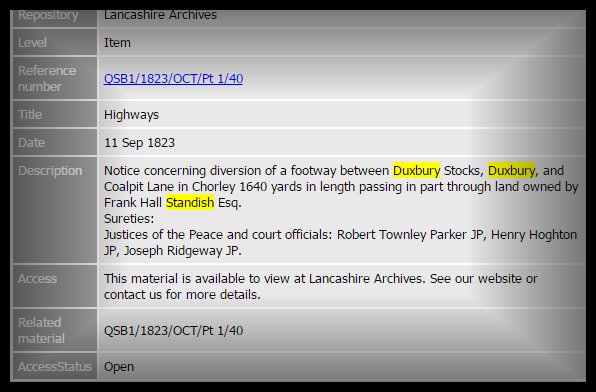

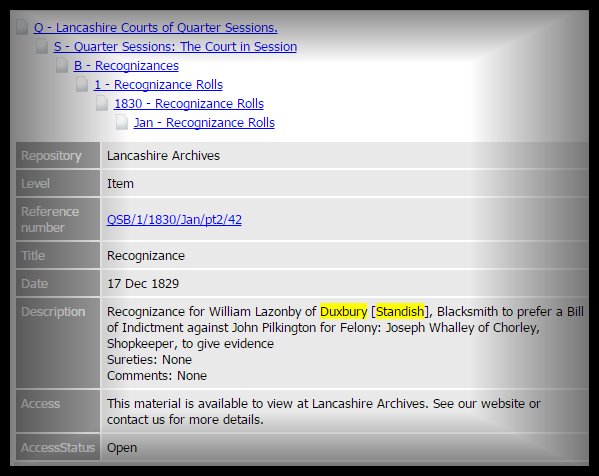
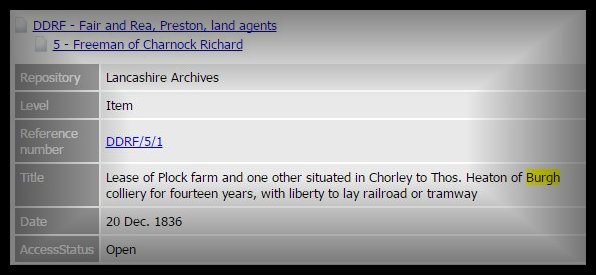
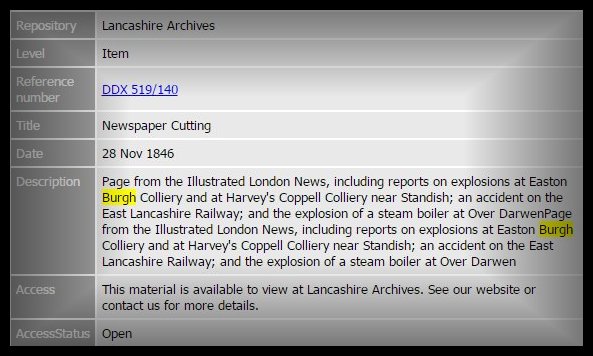
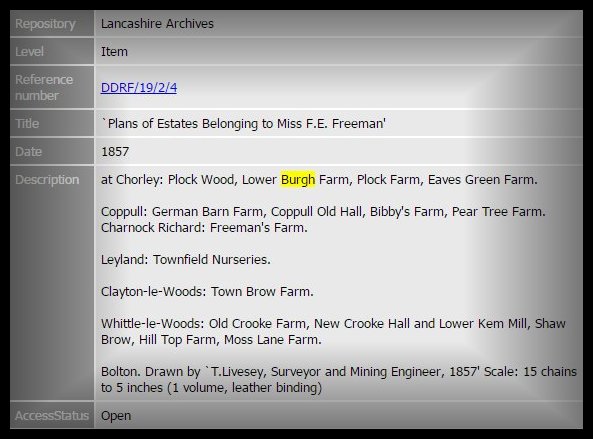
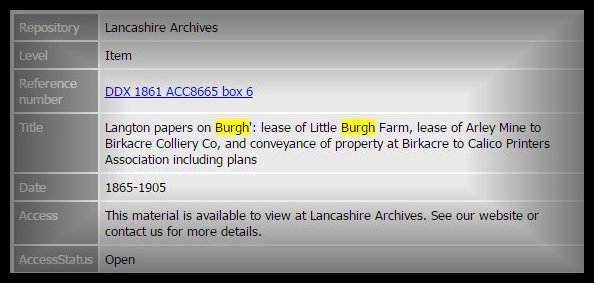
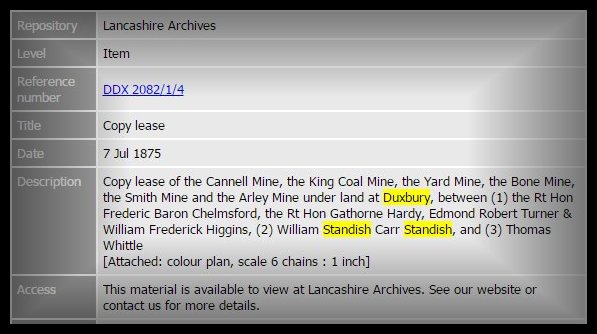
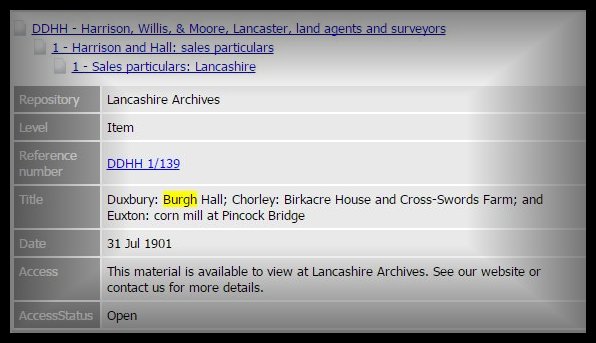
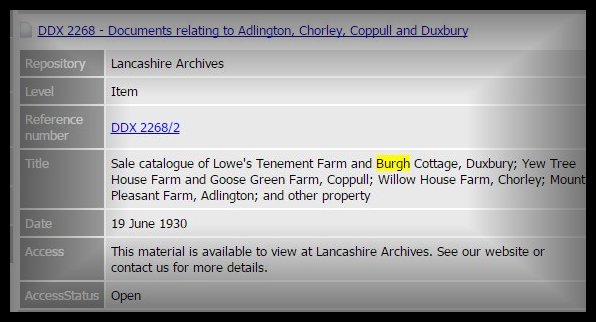
![]()